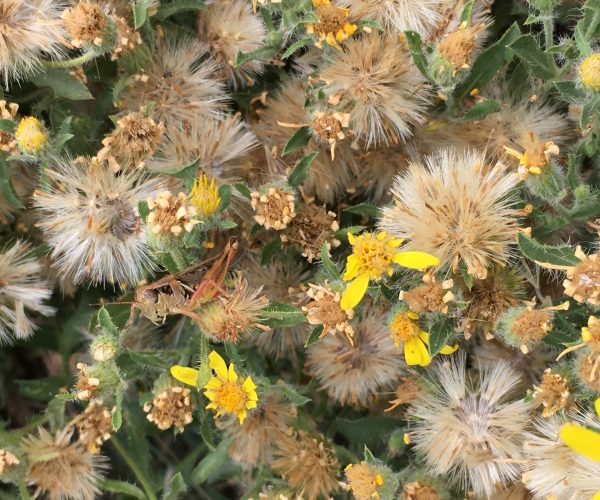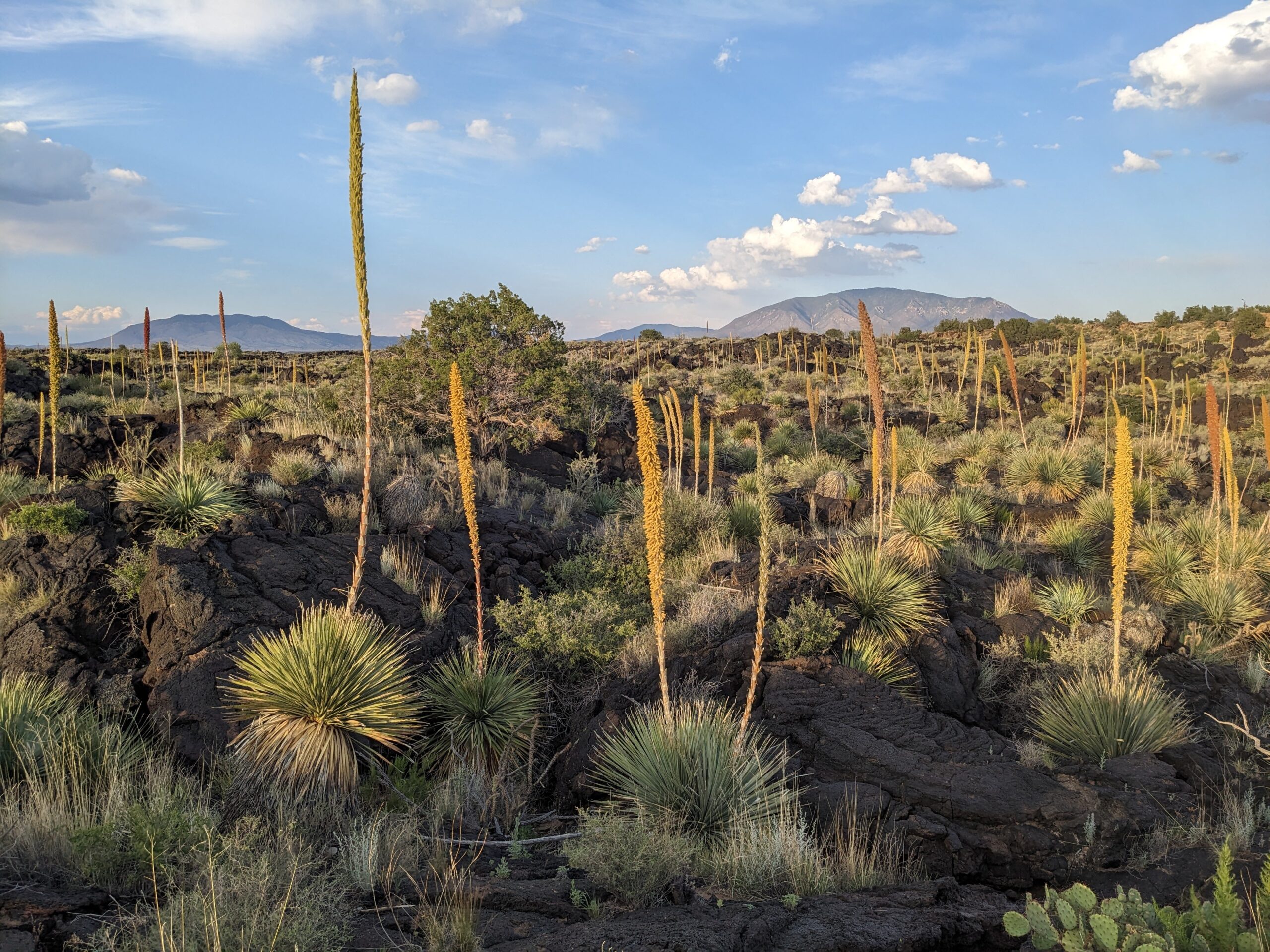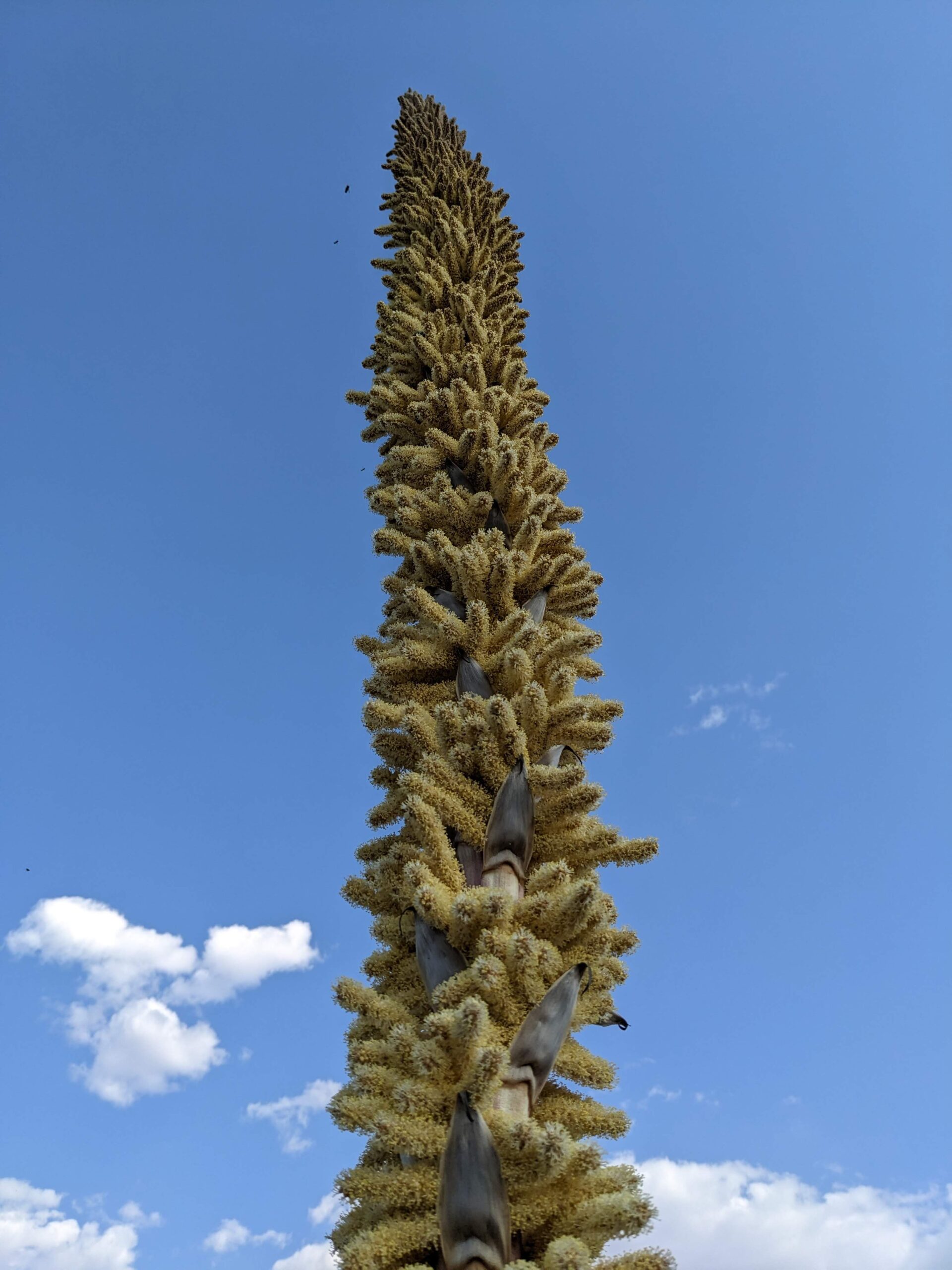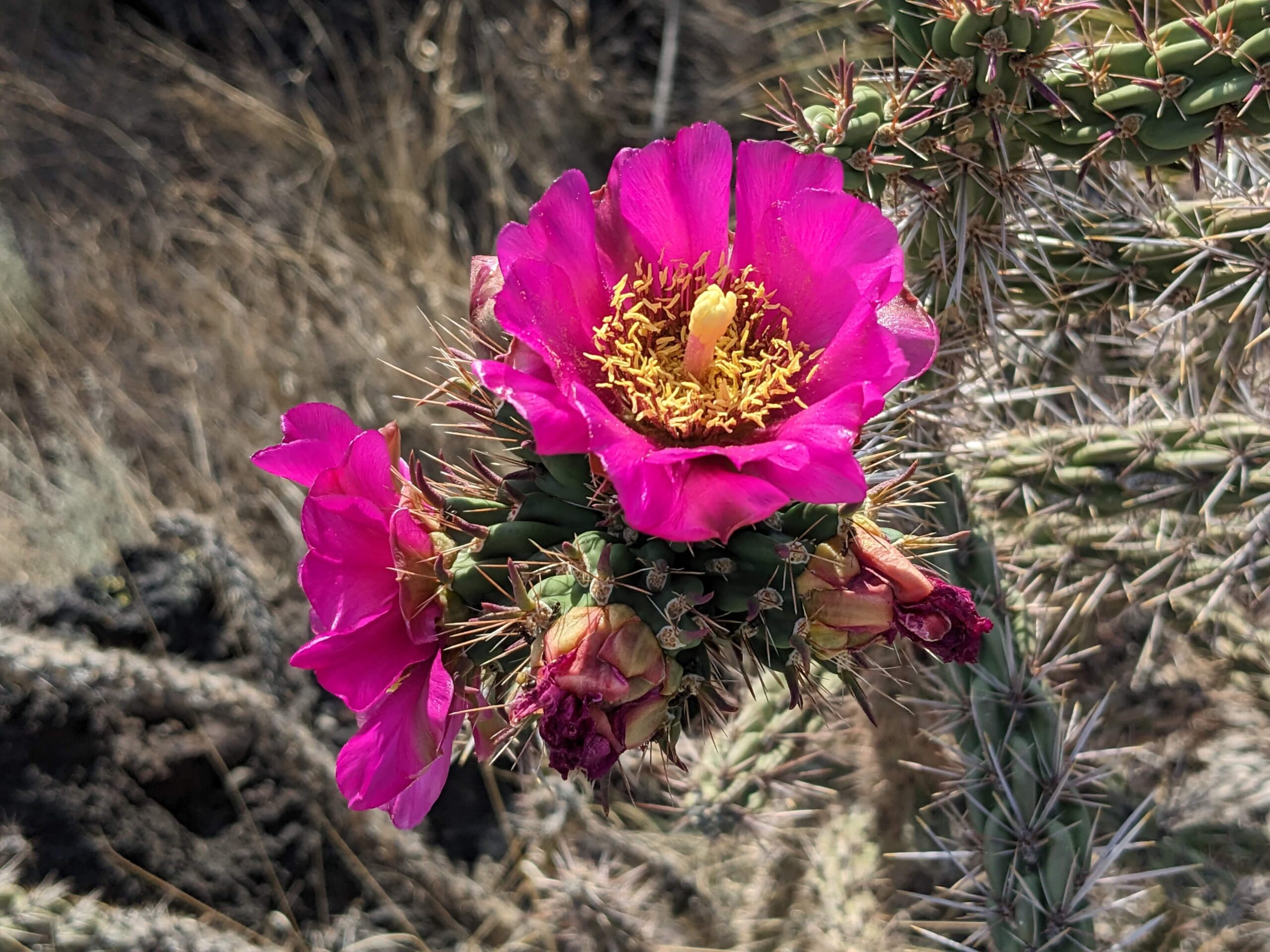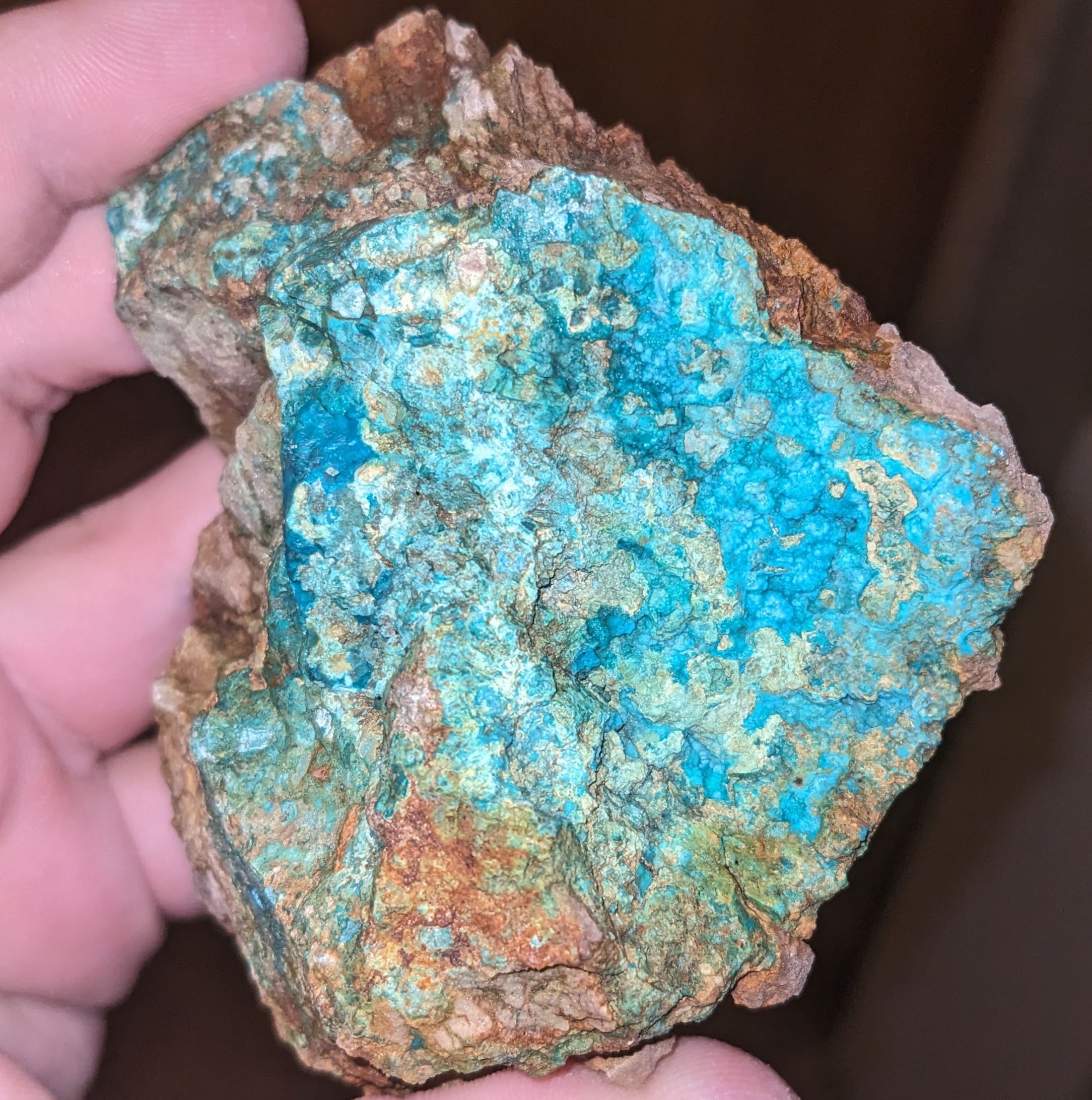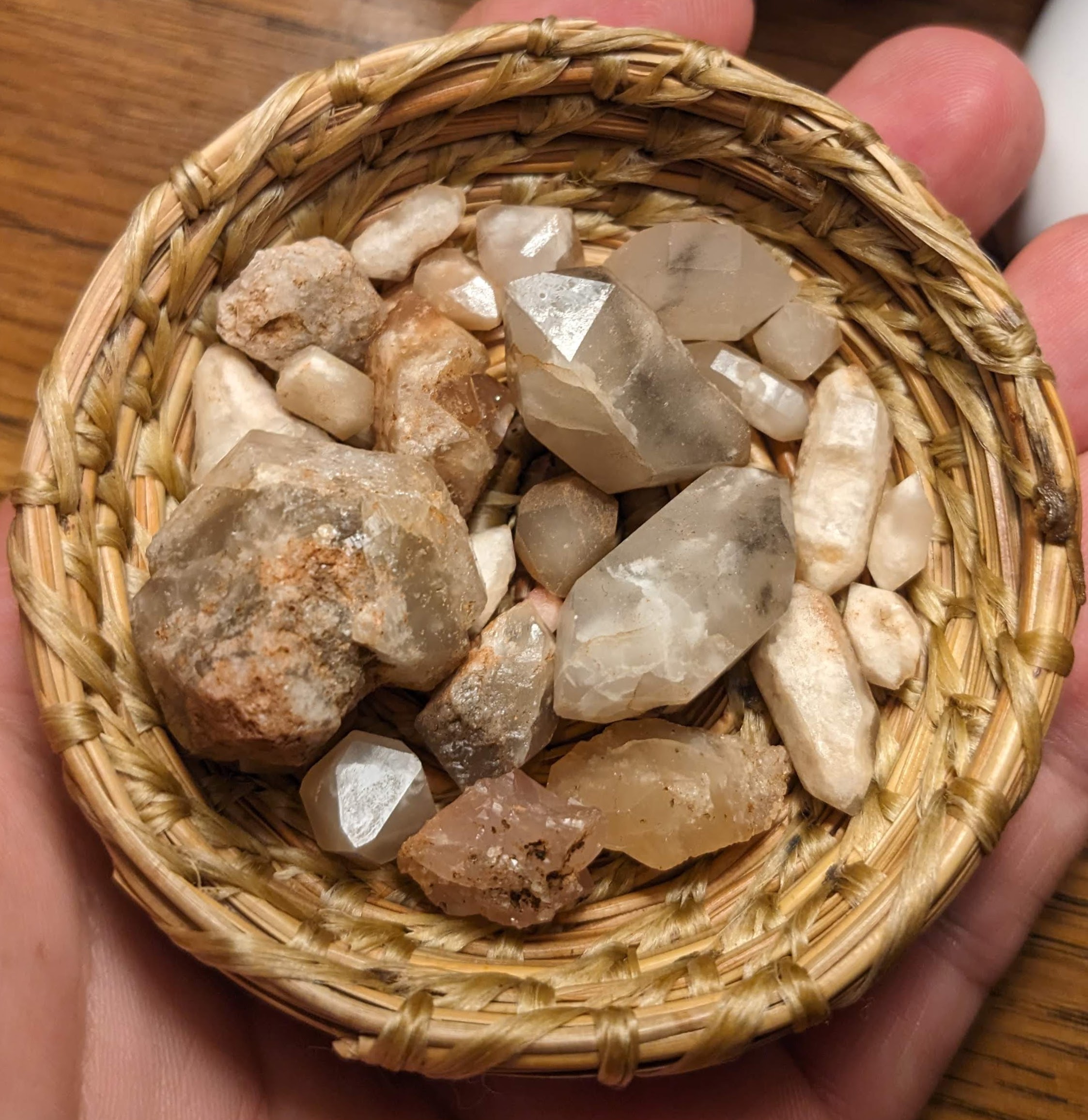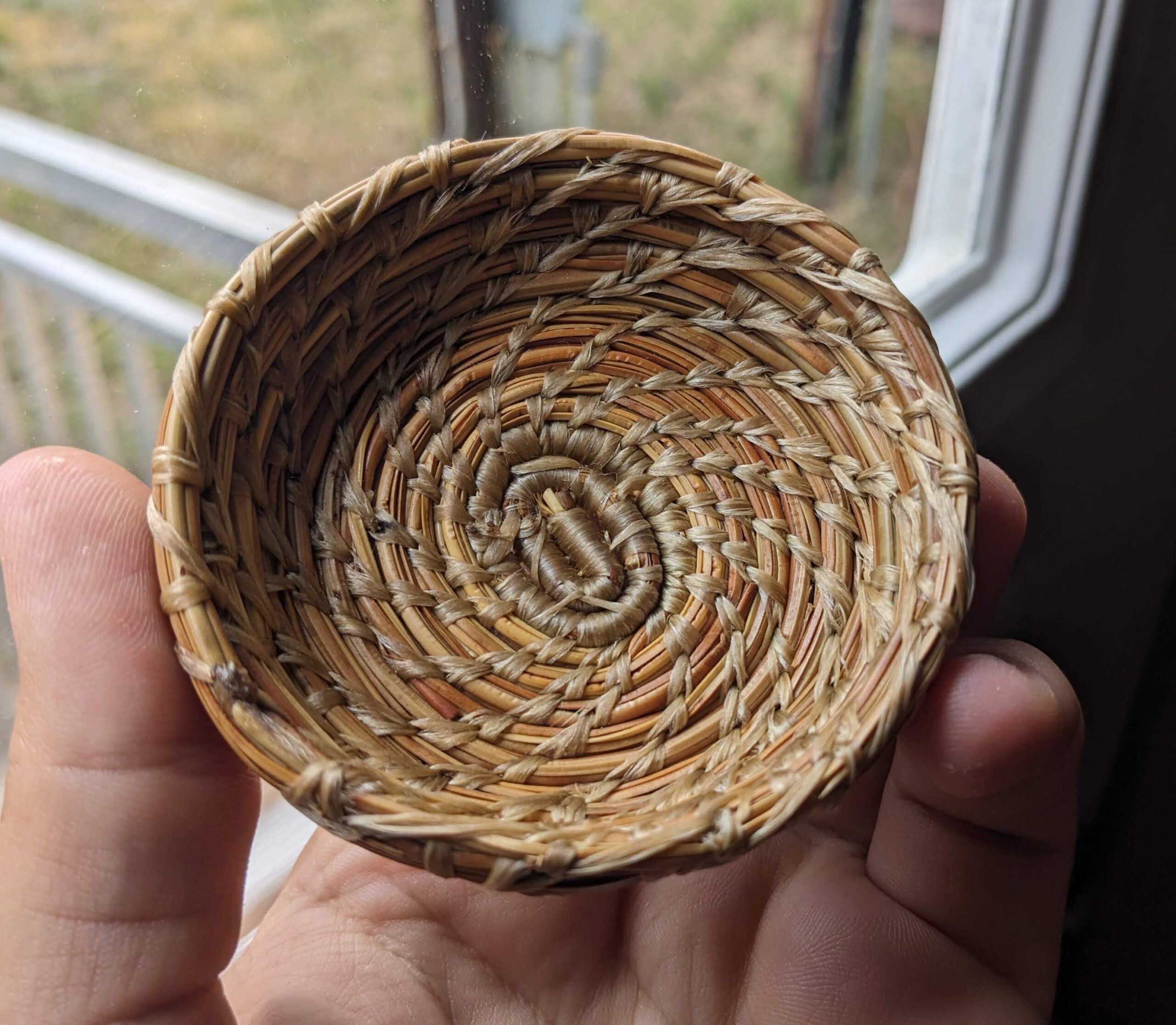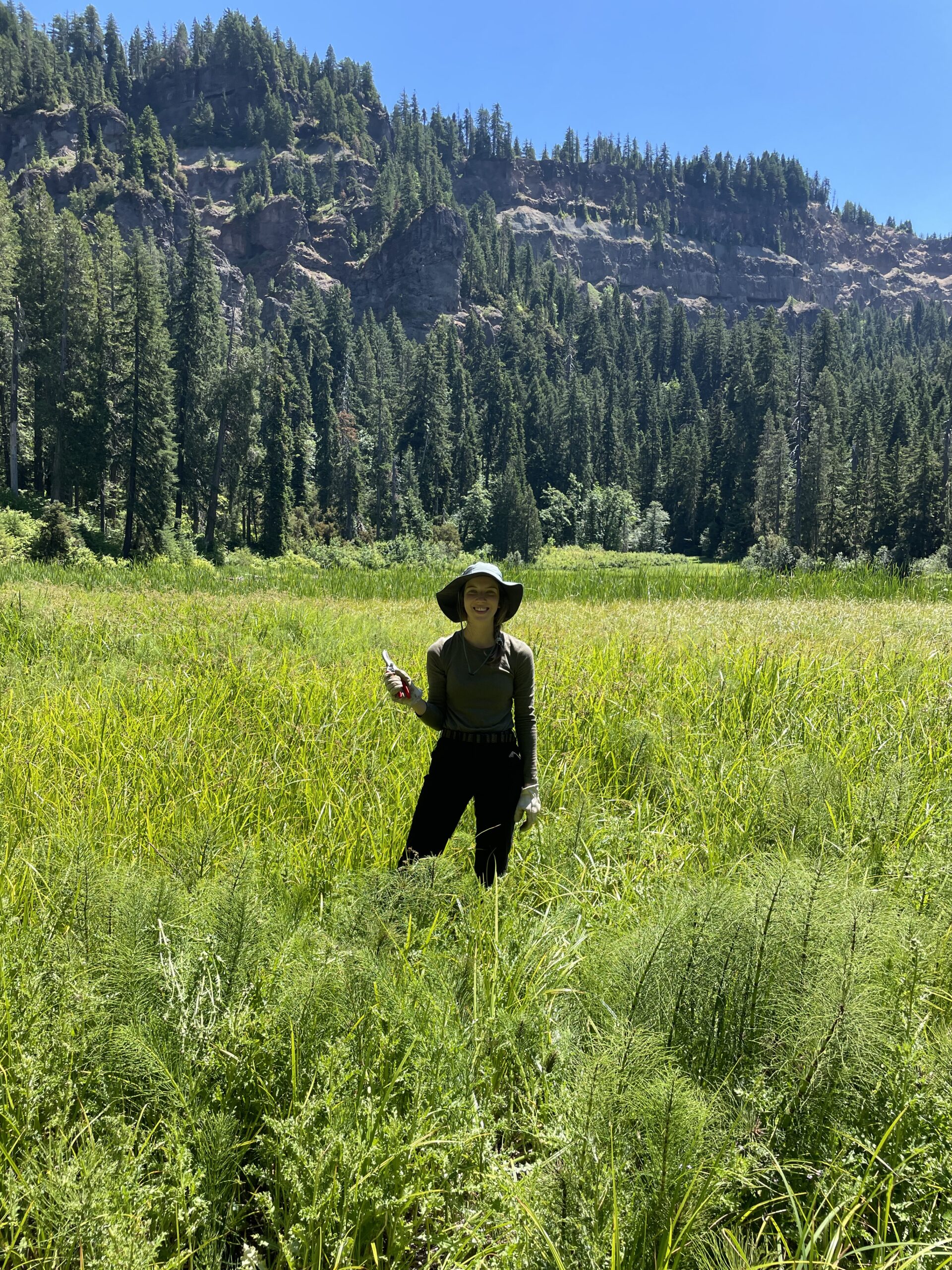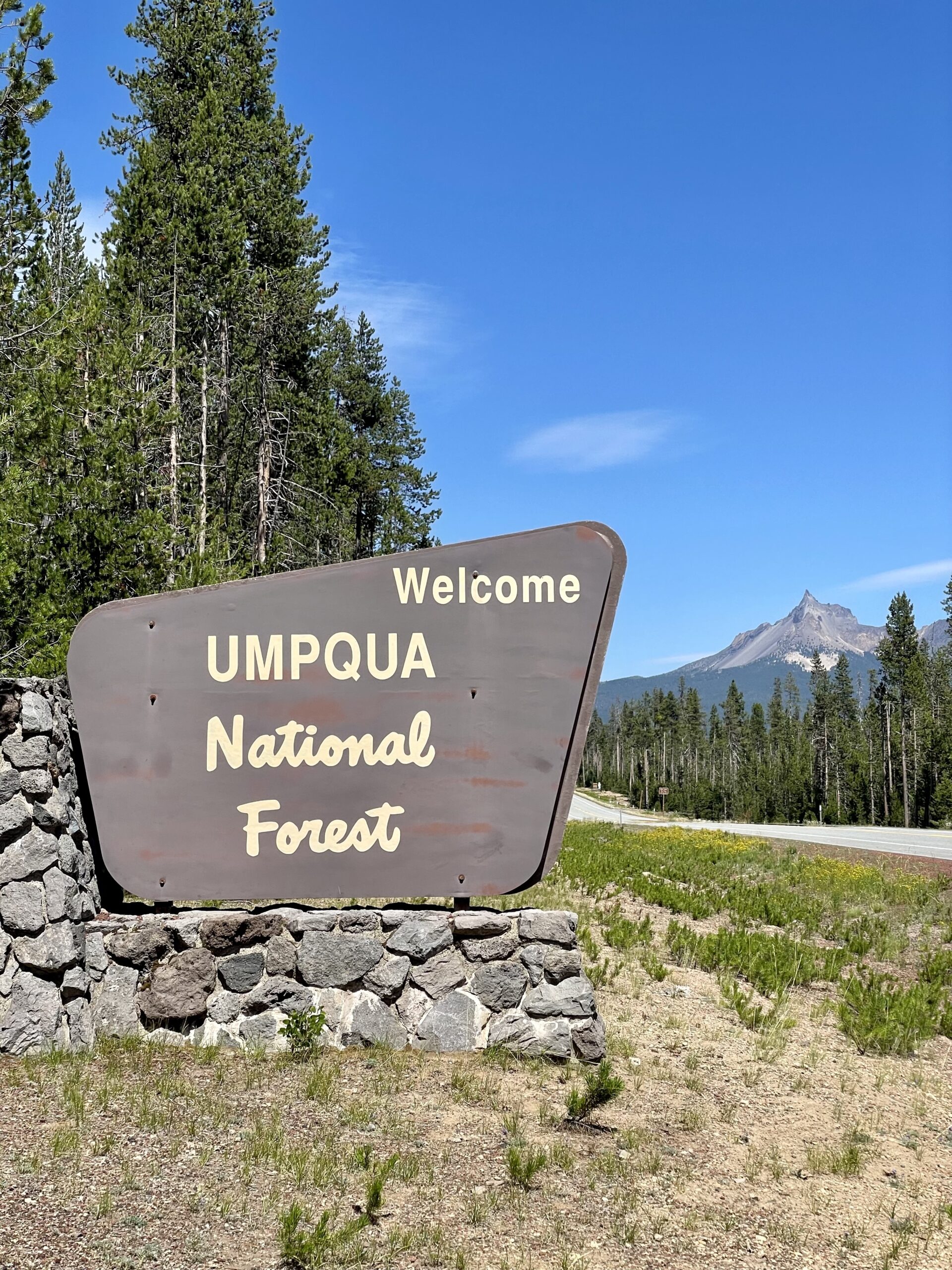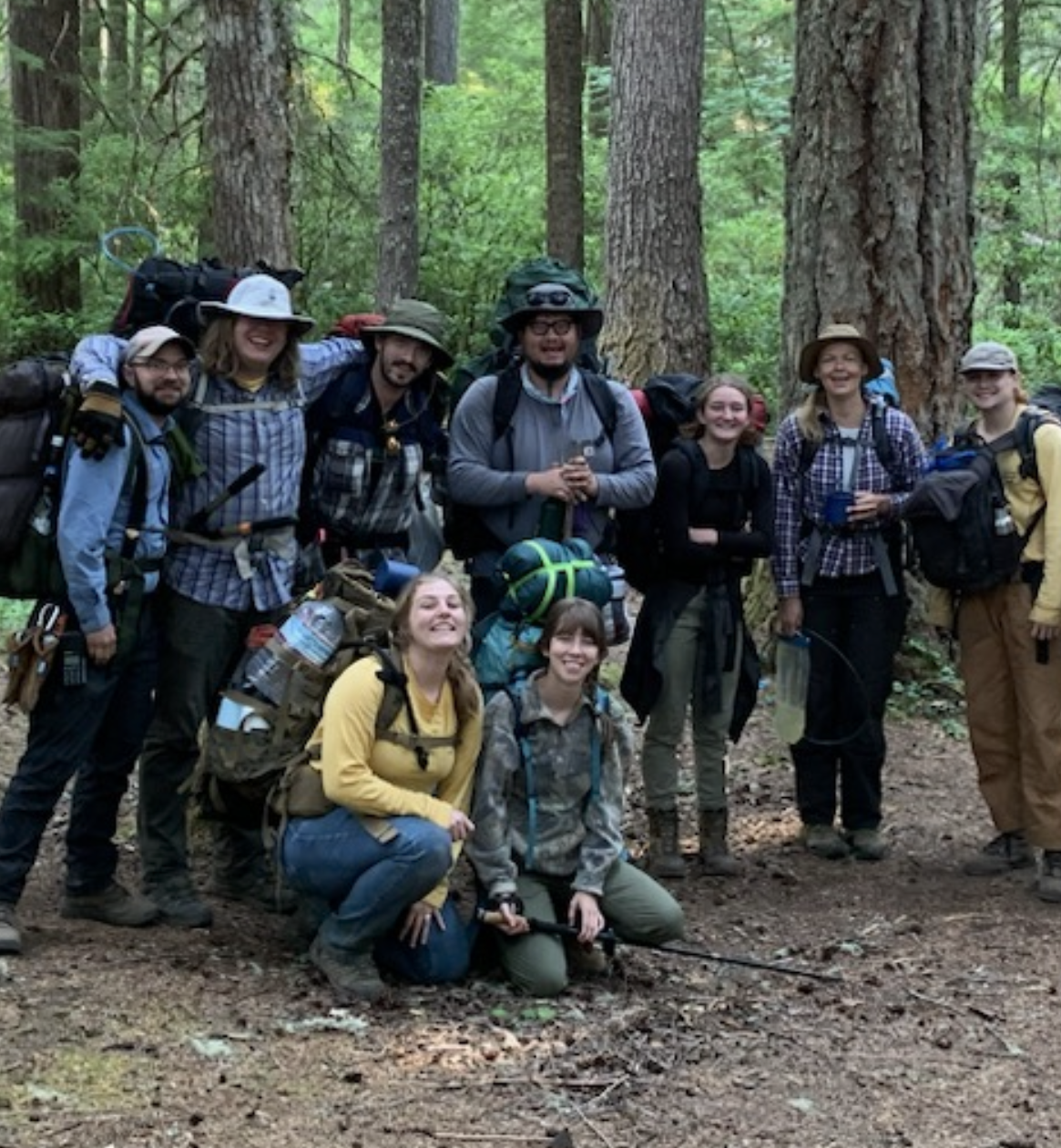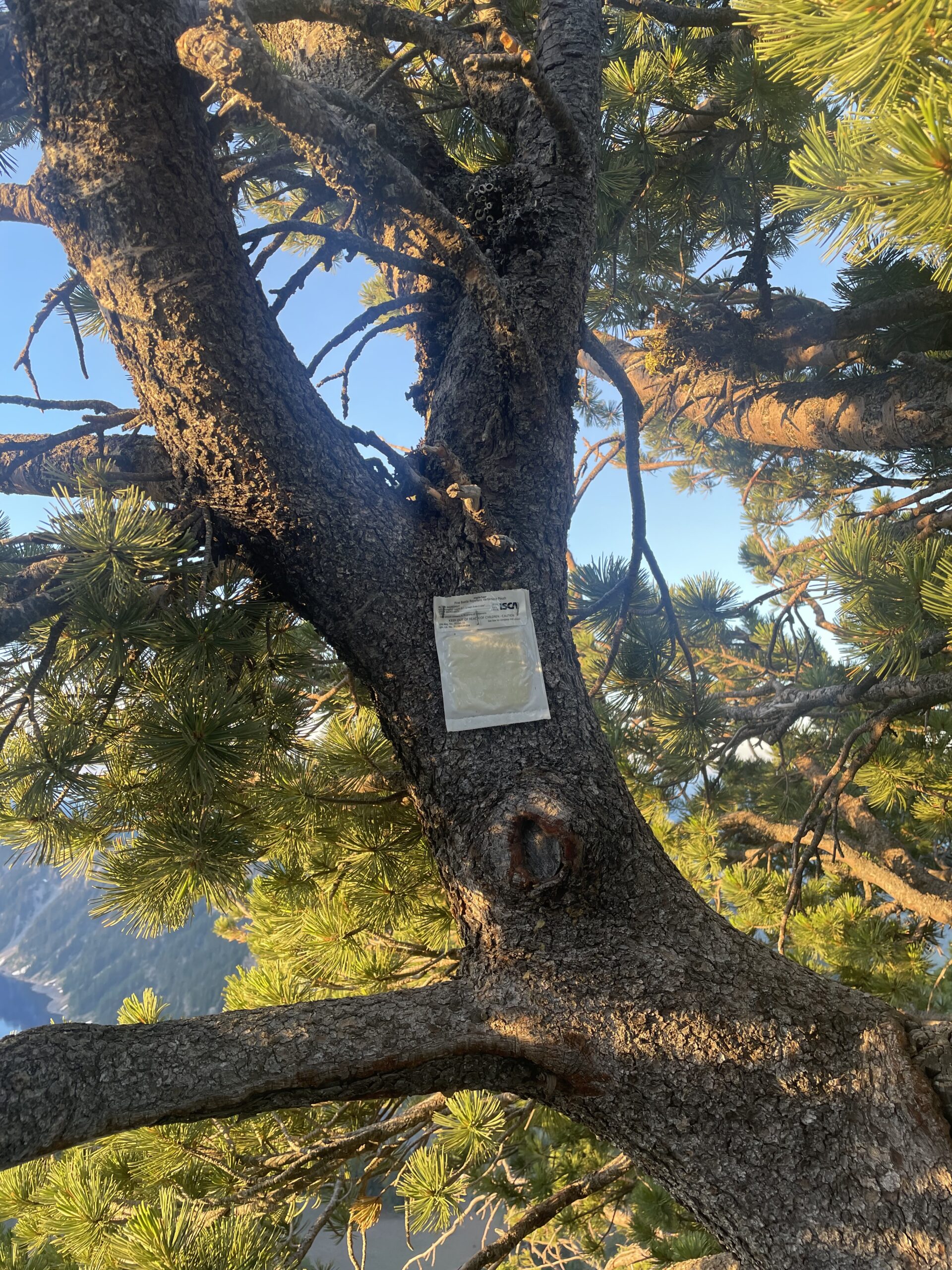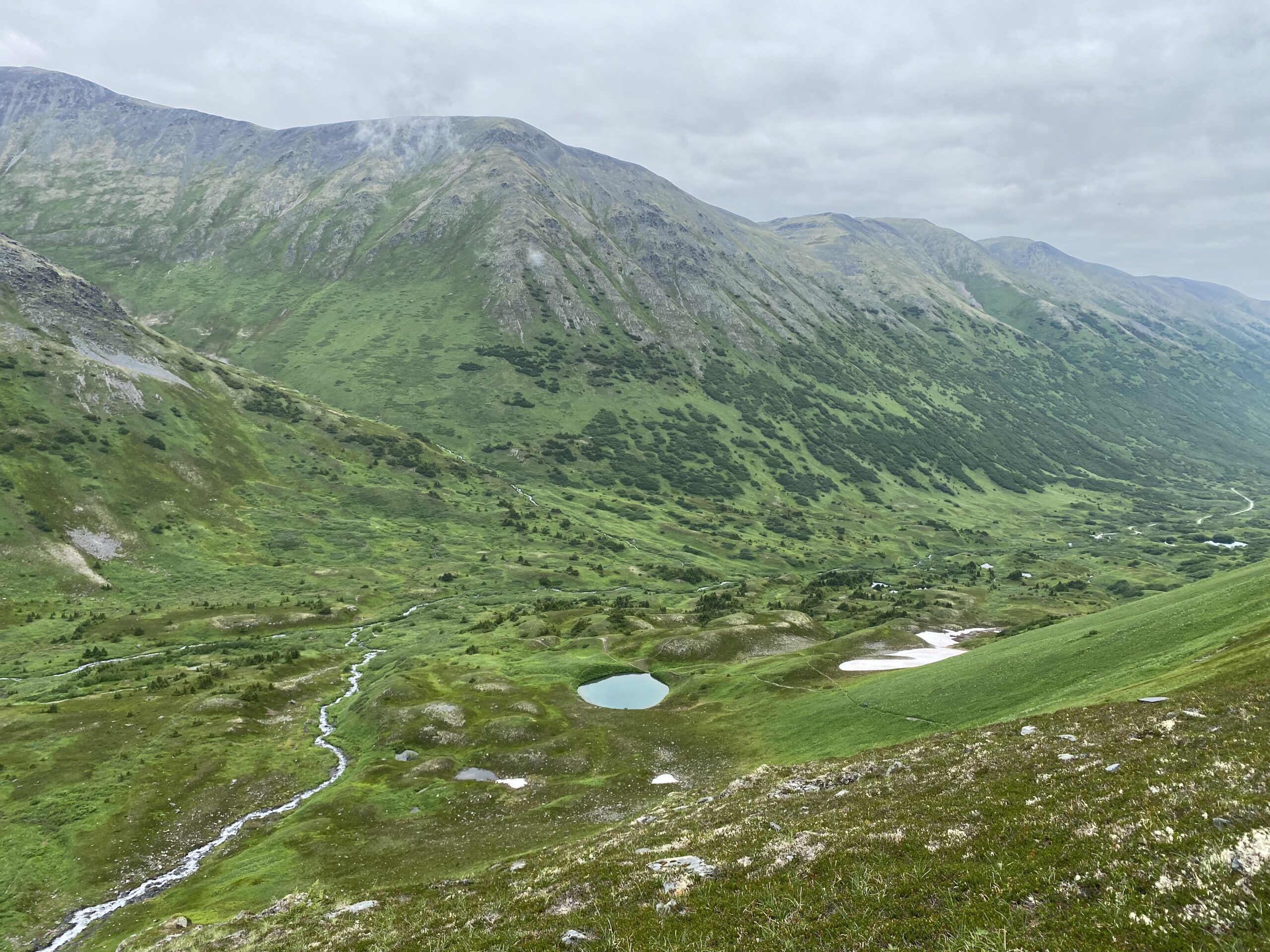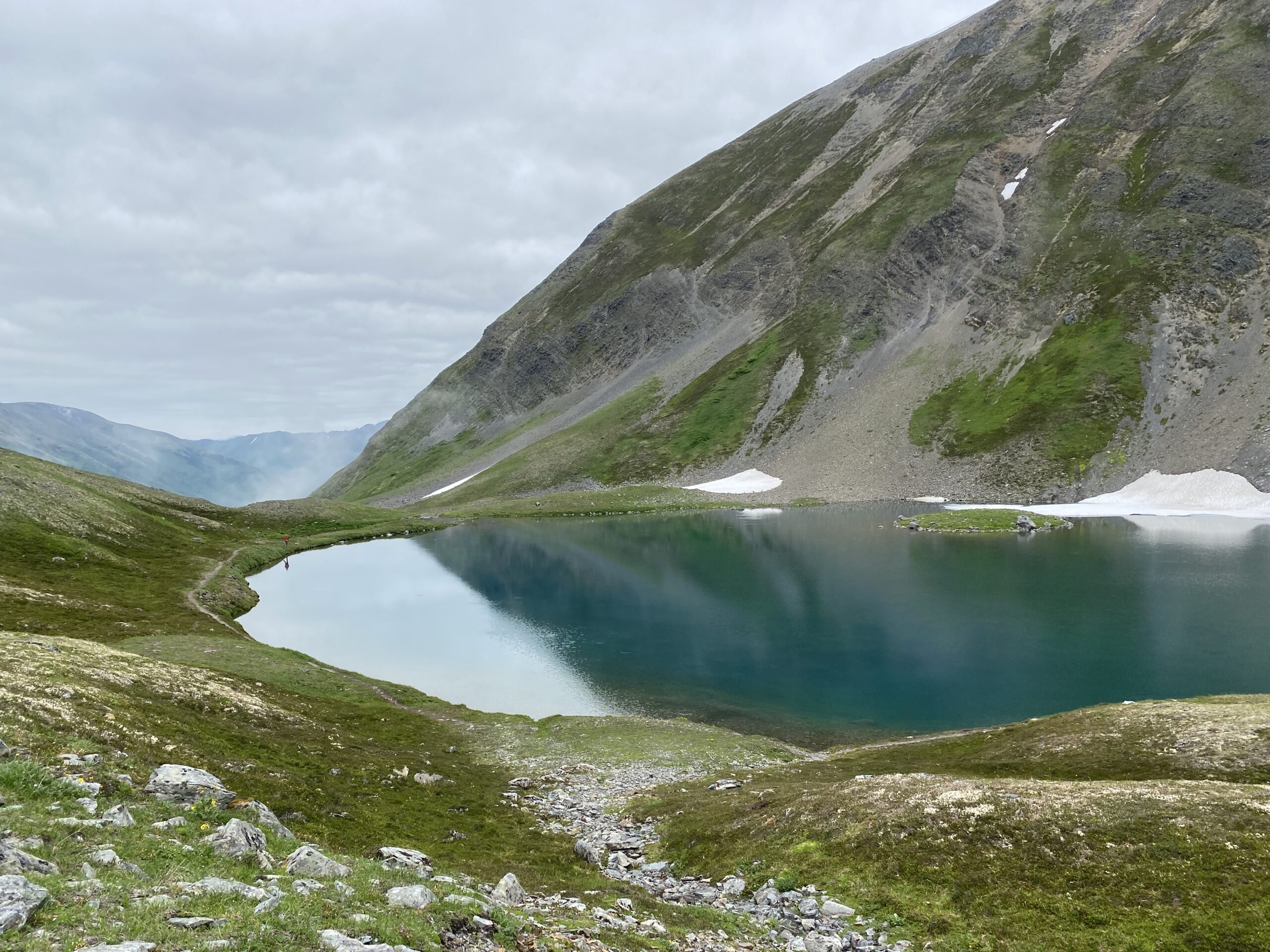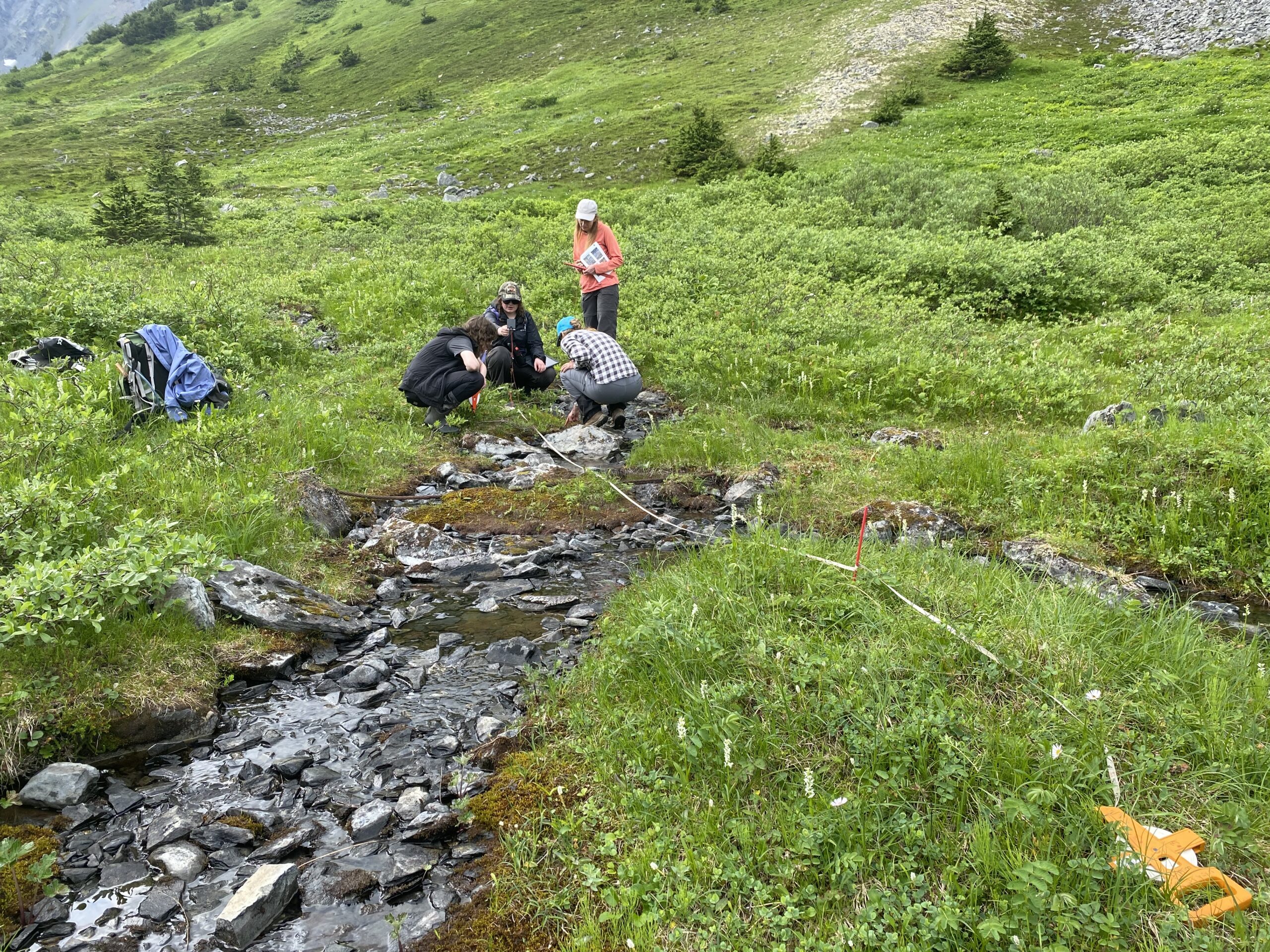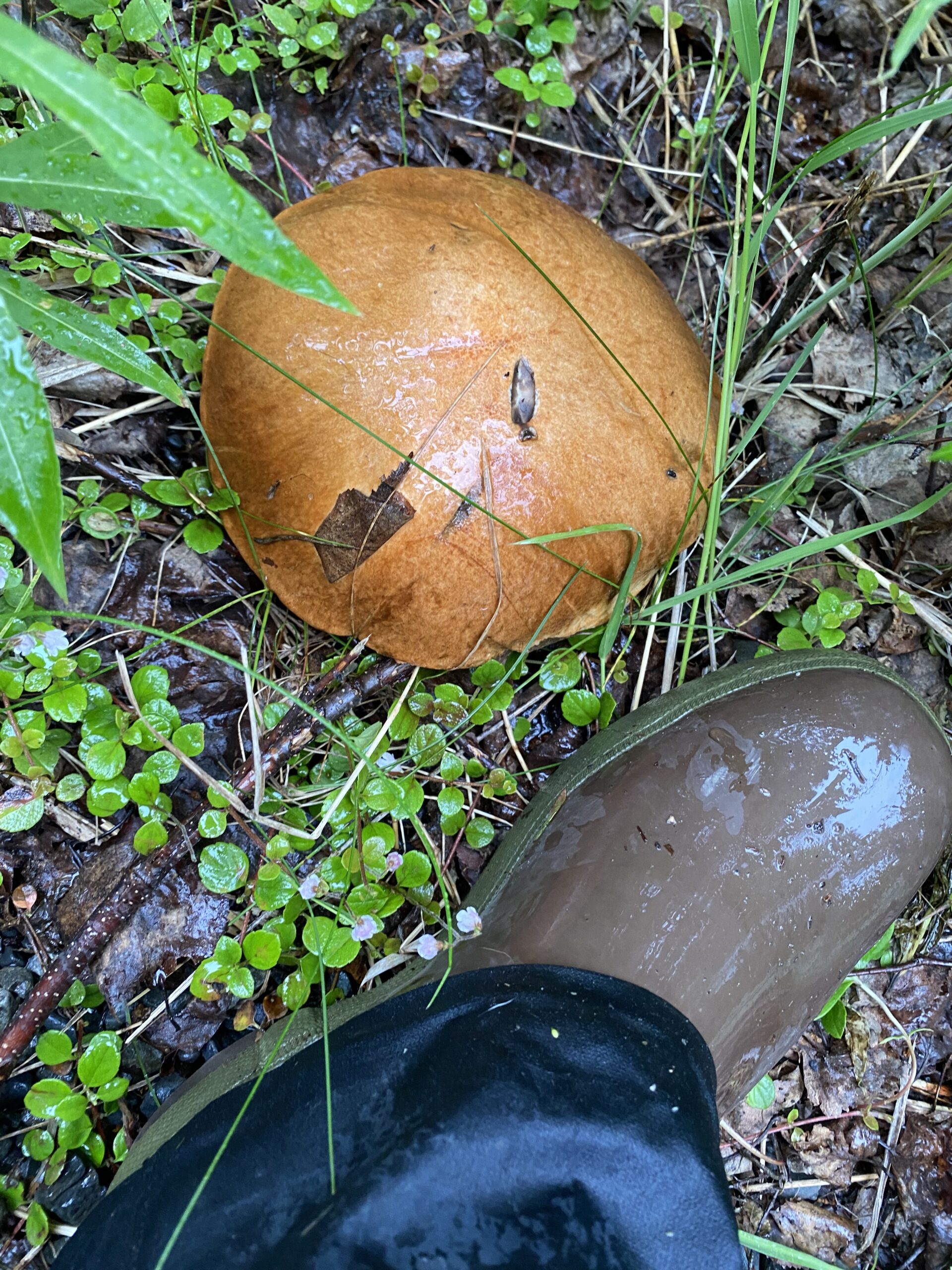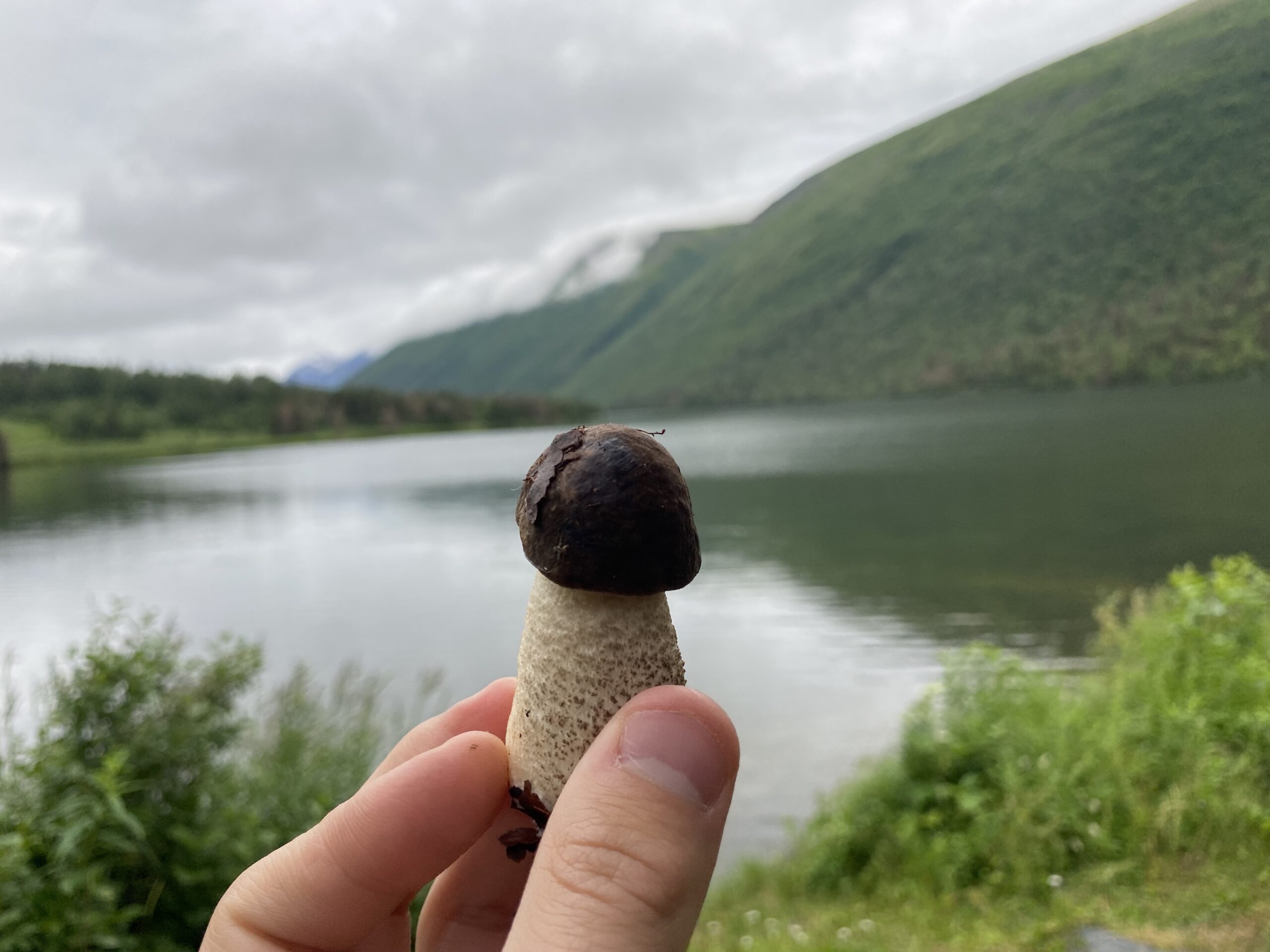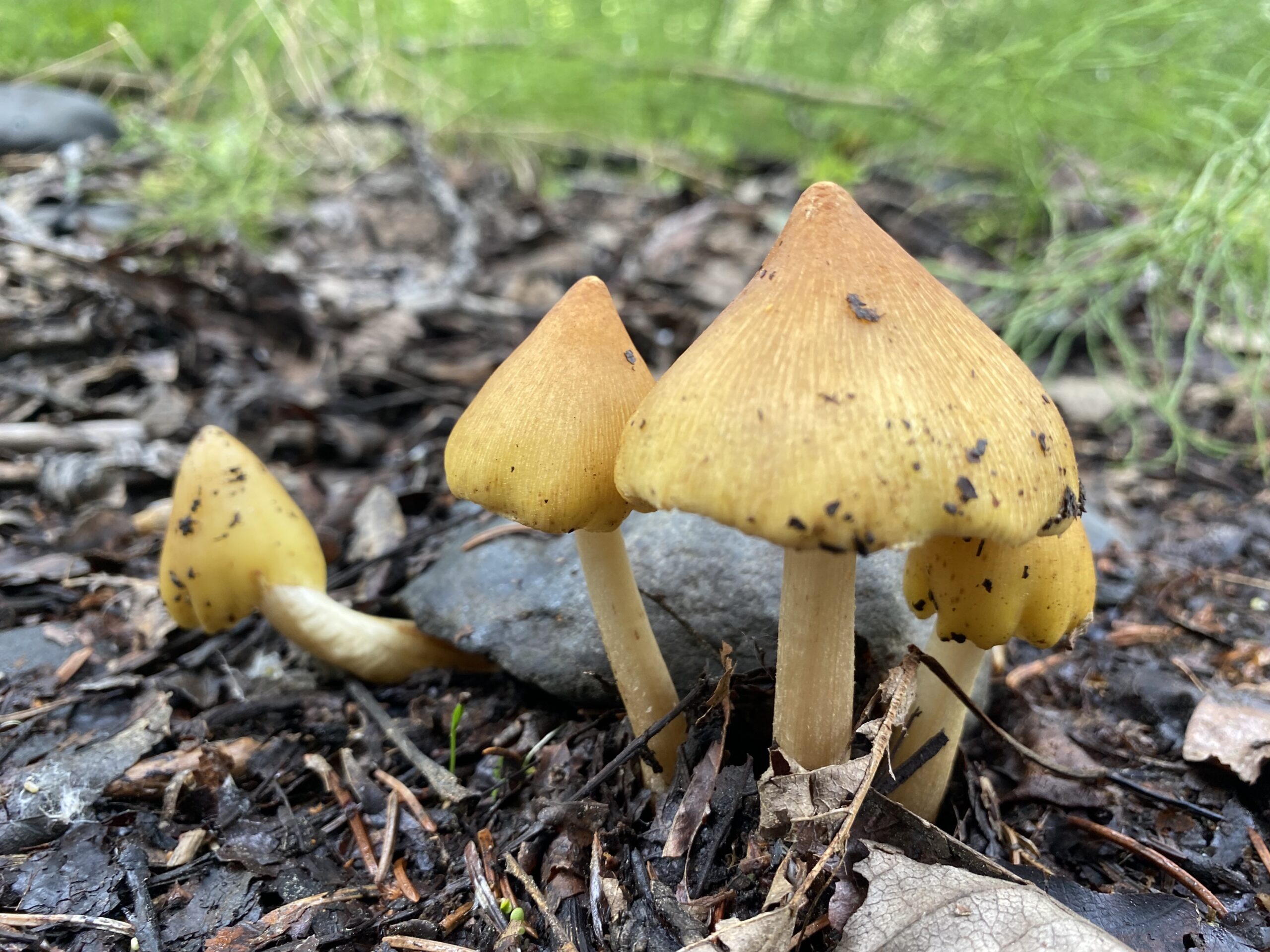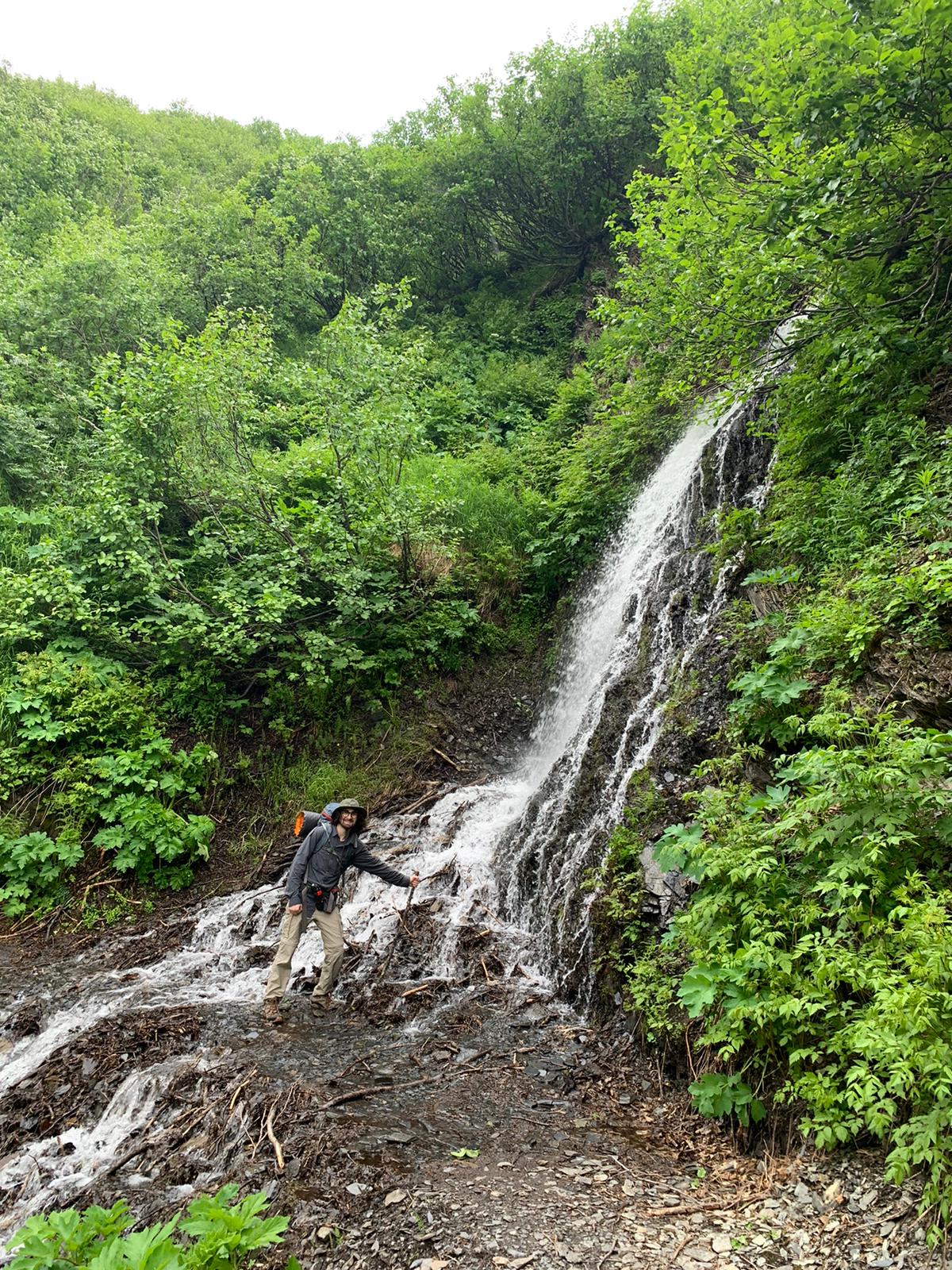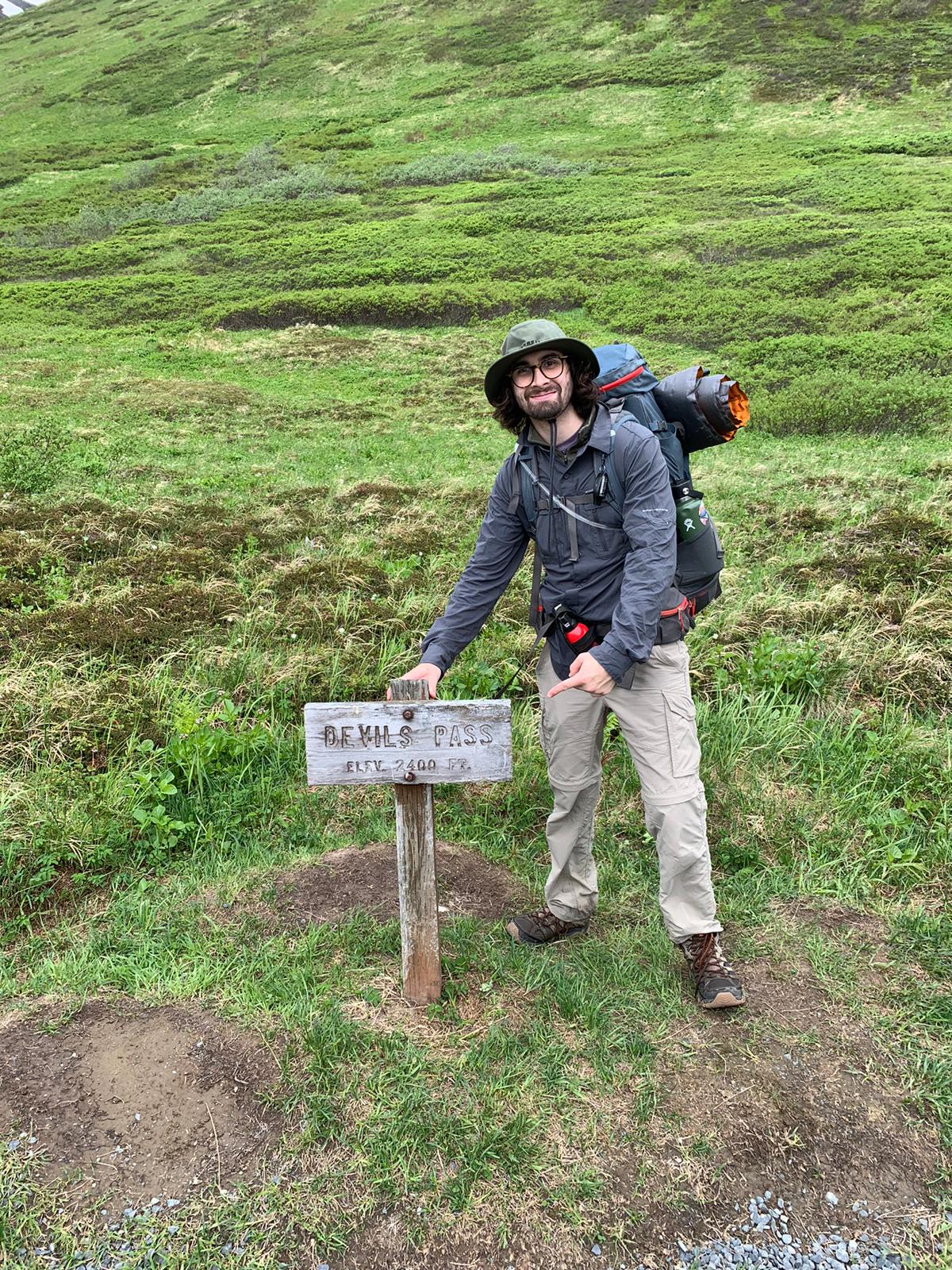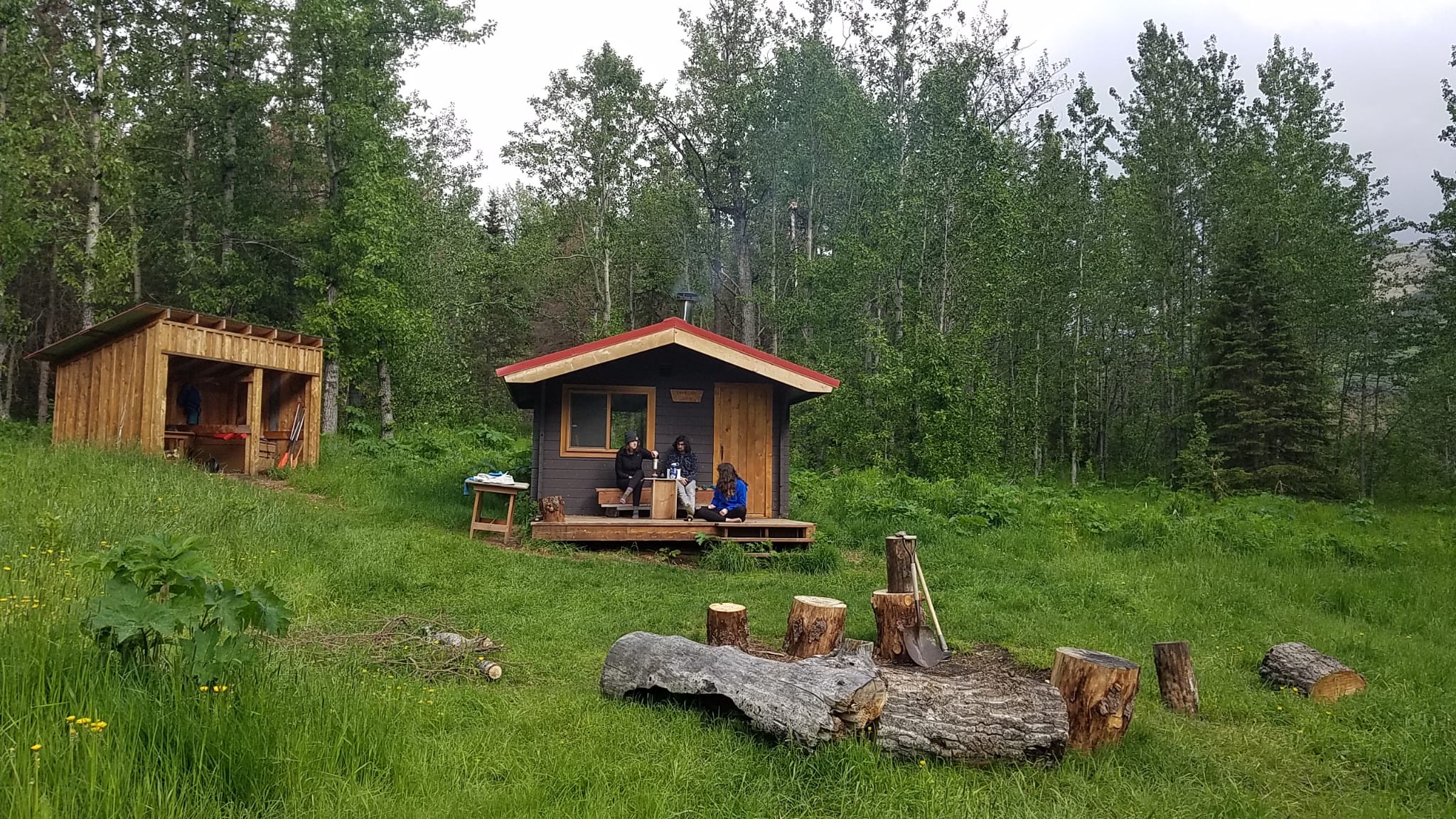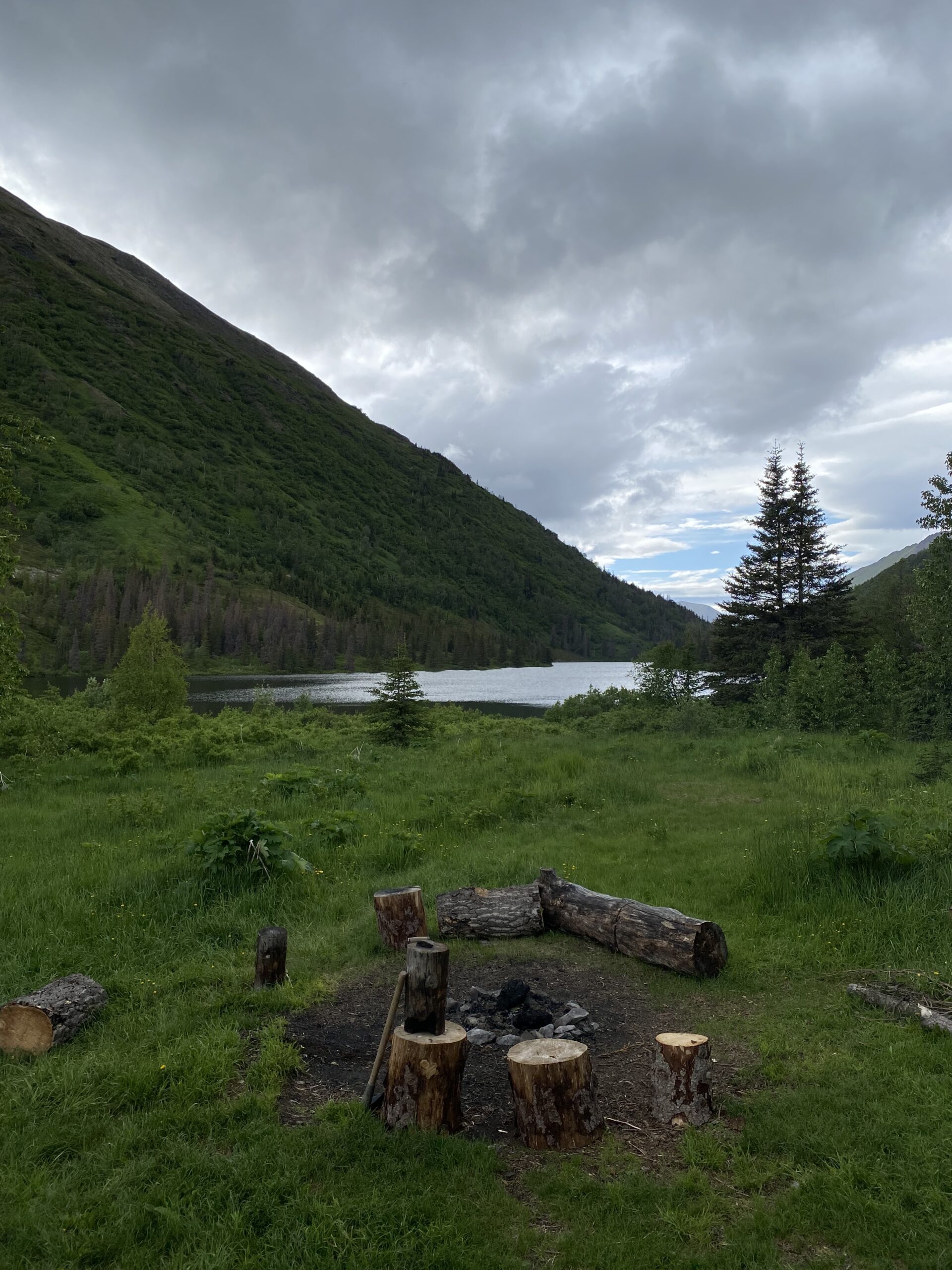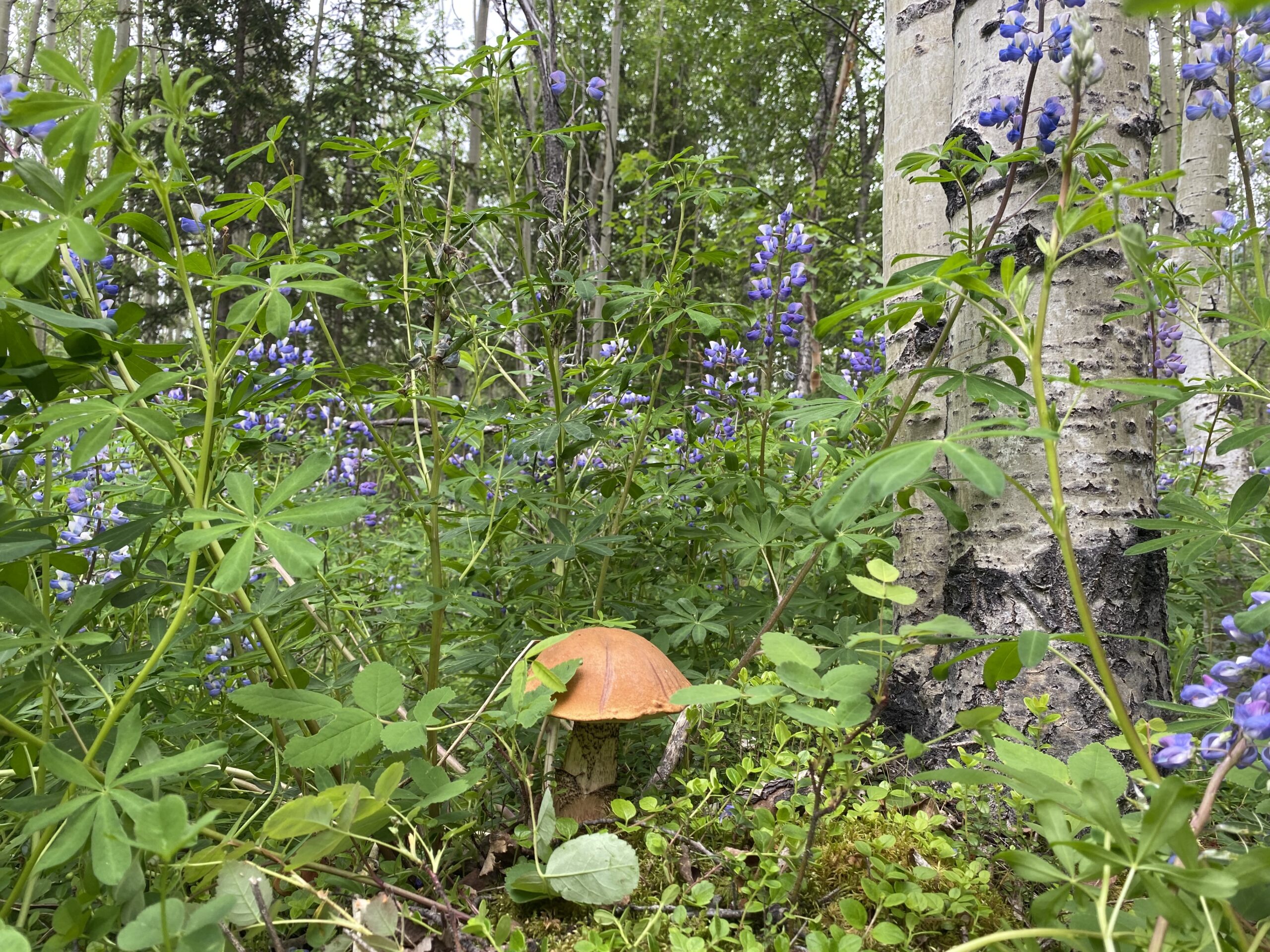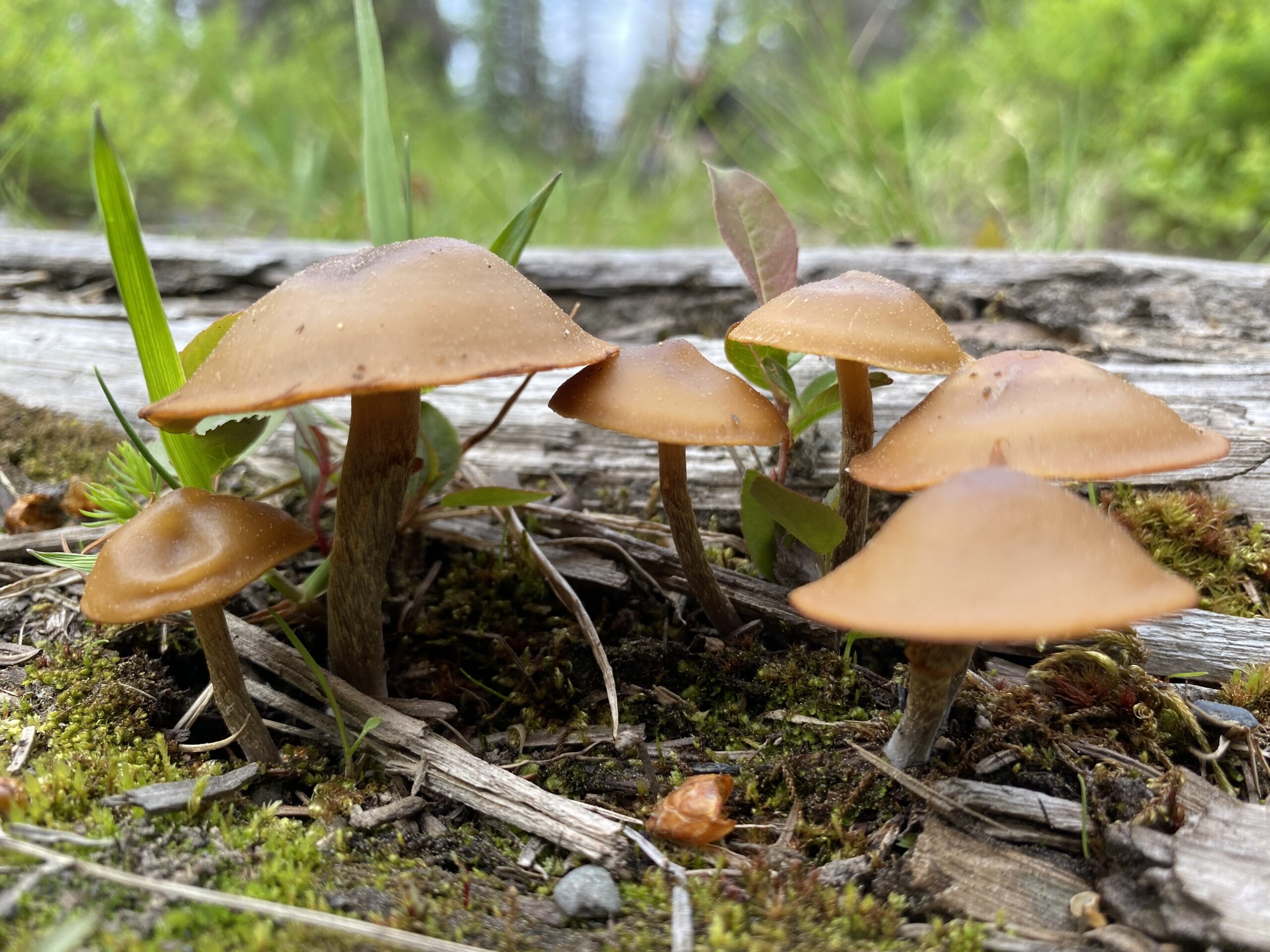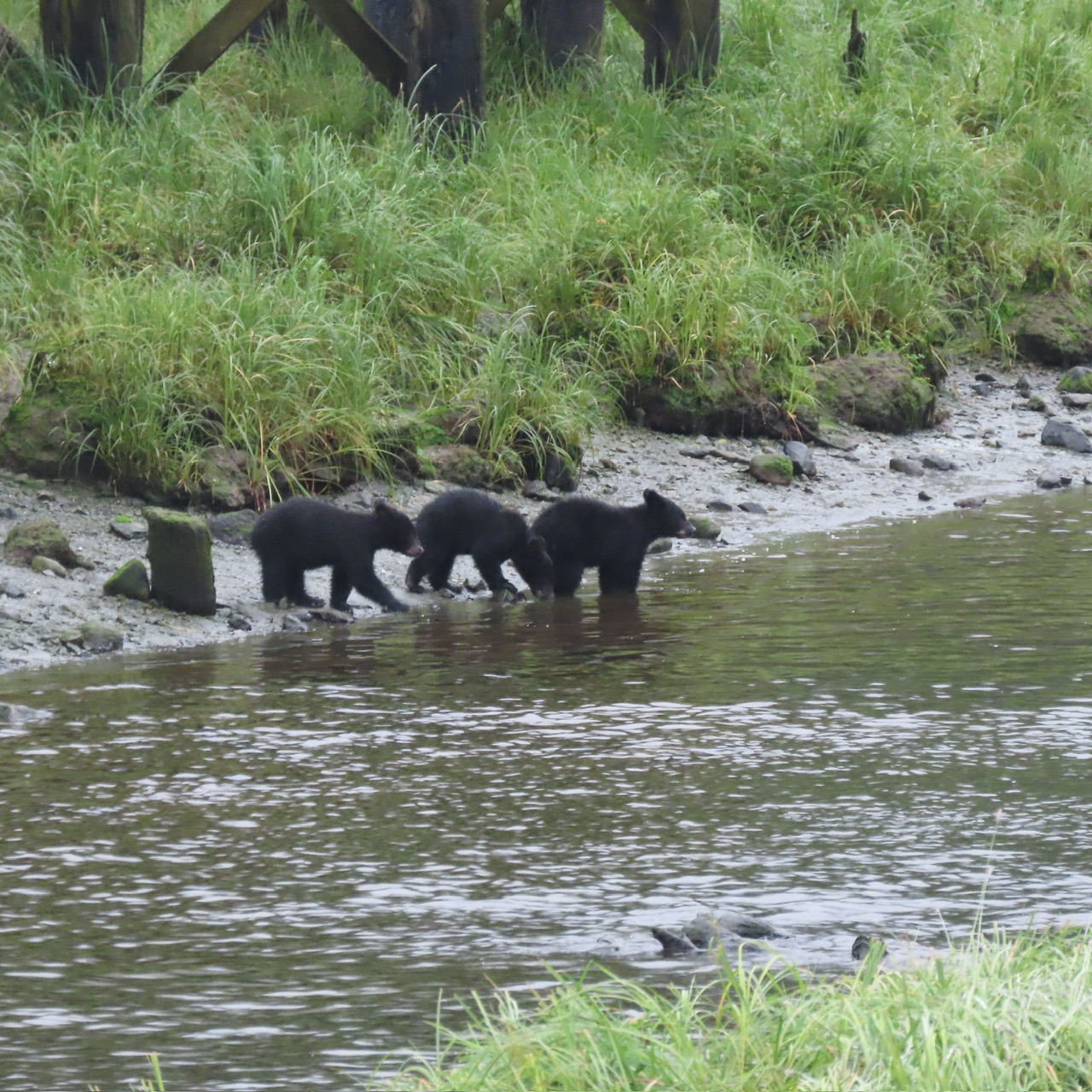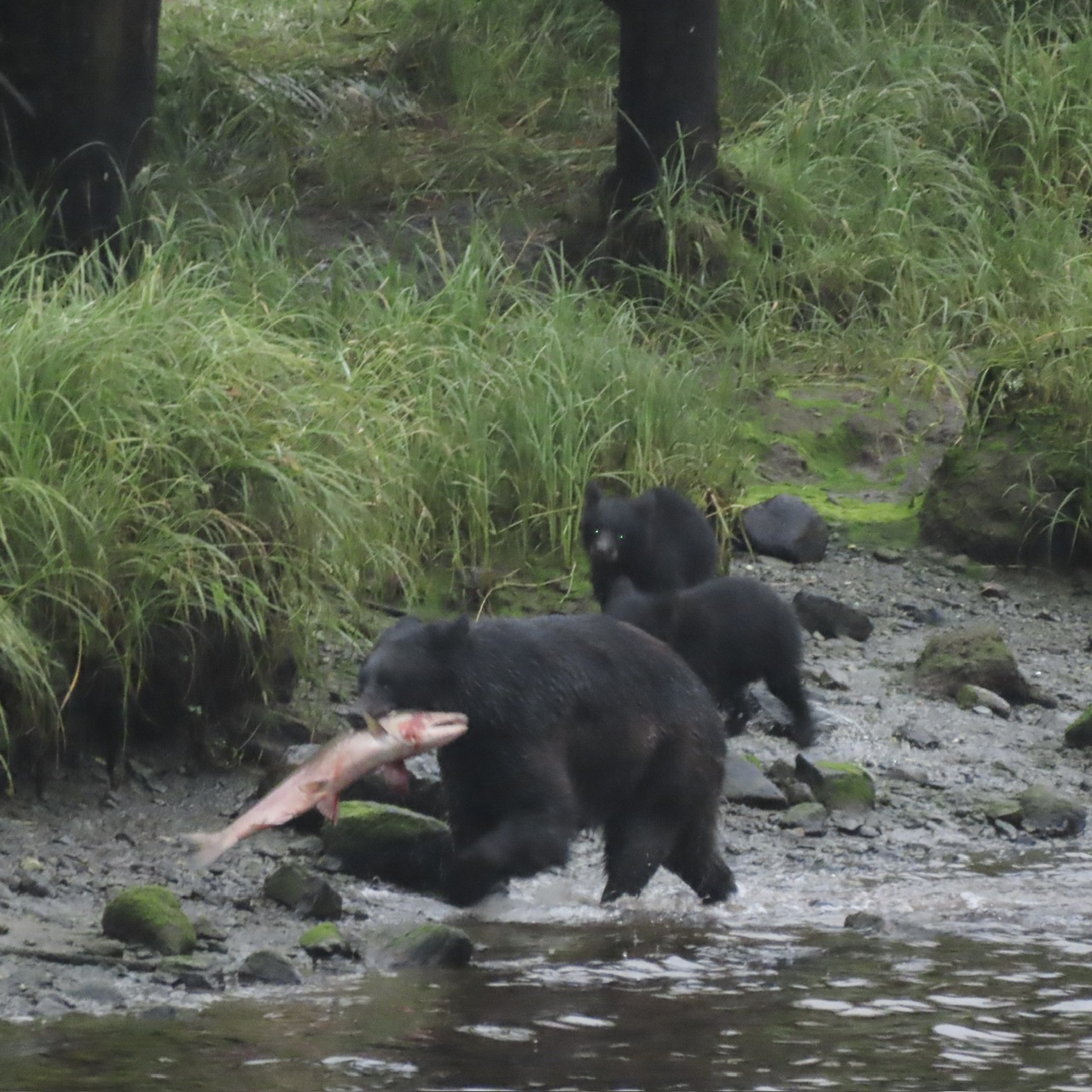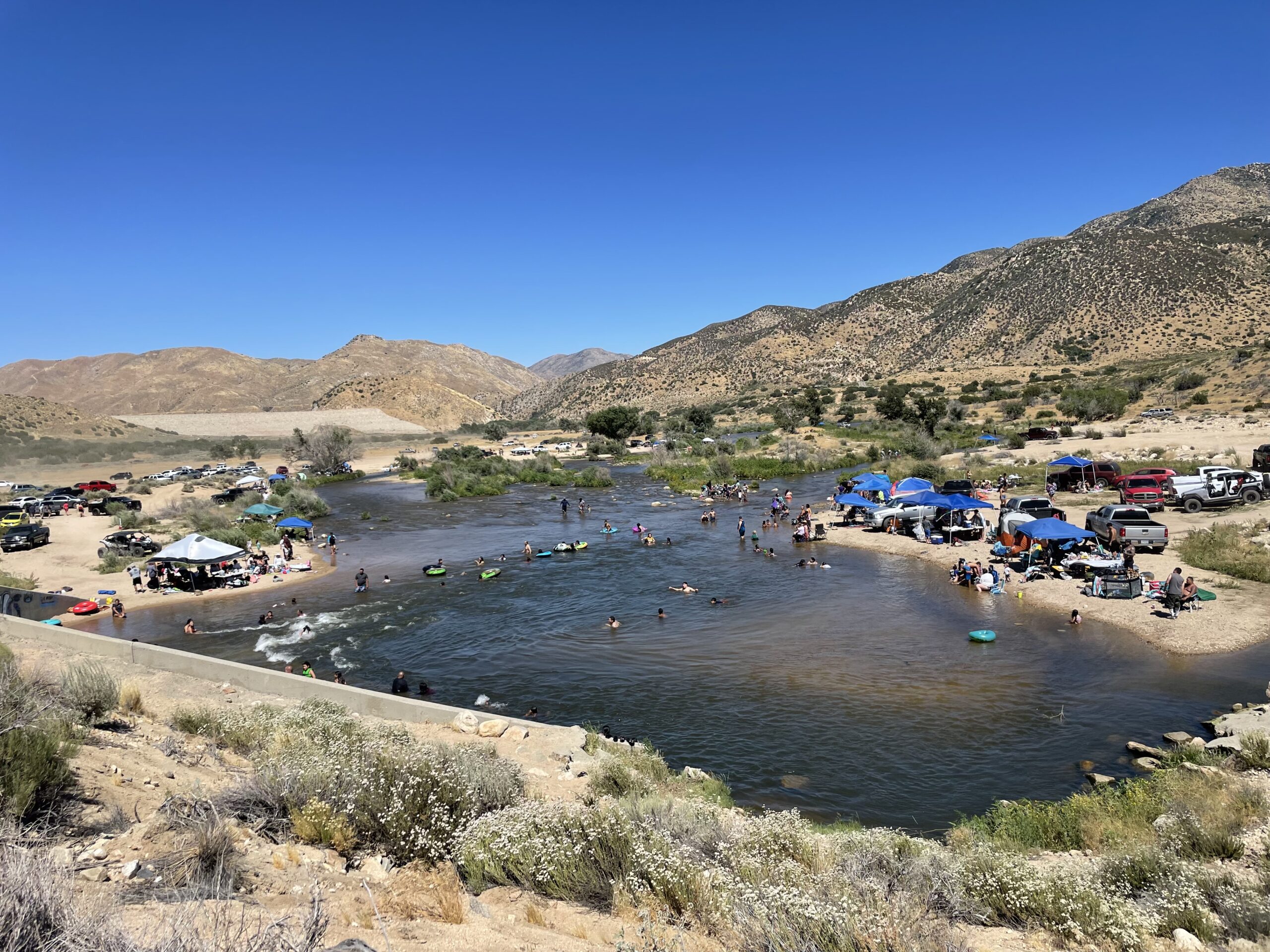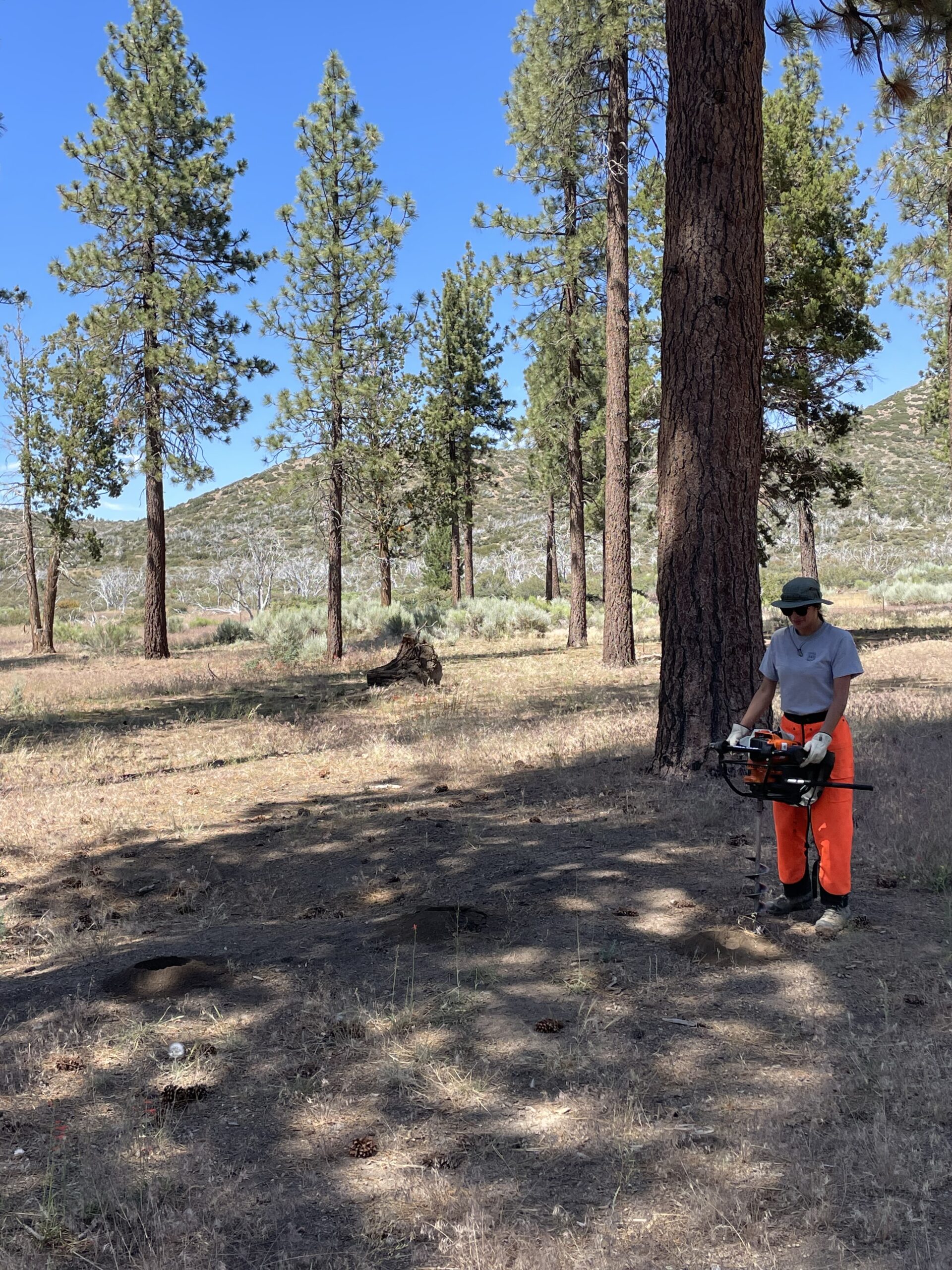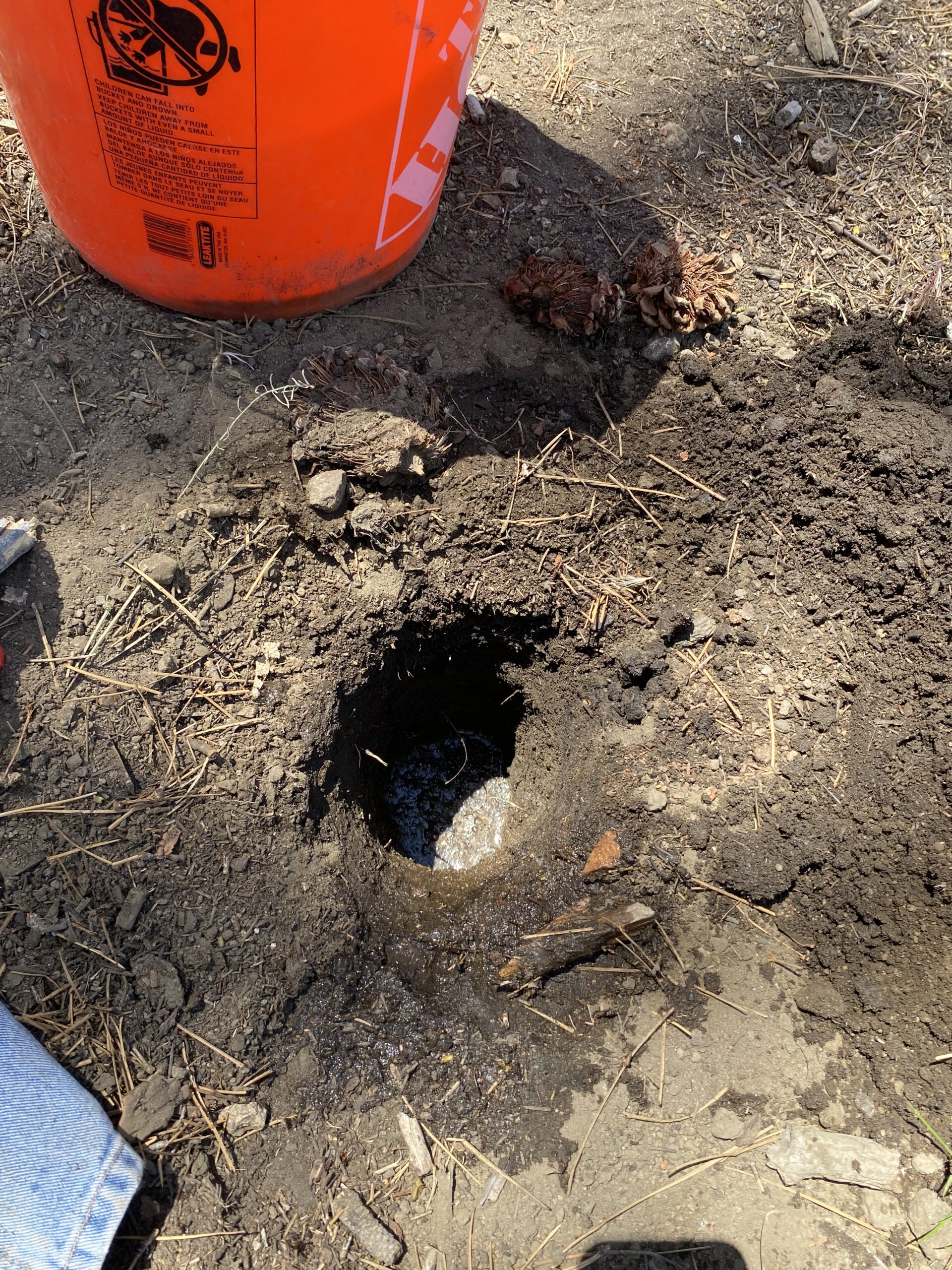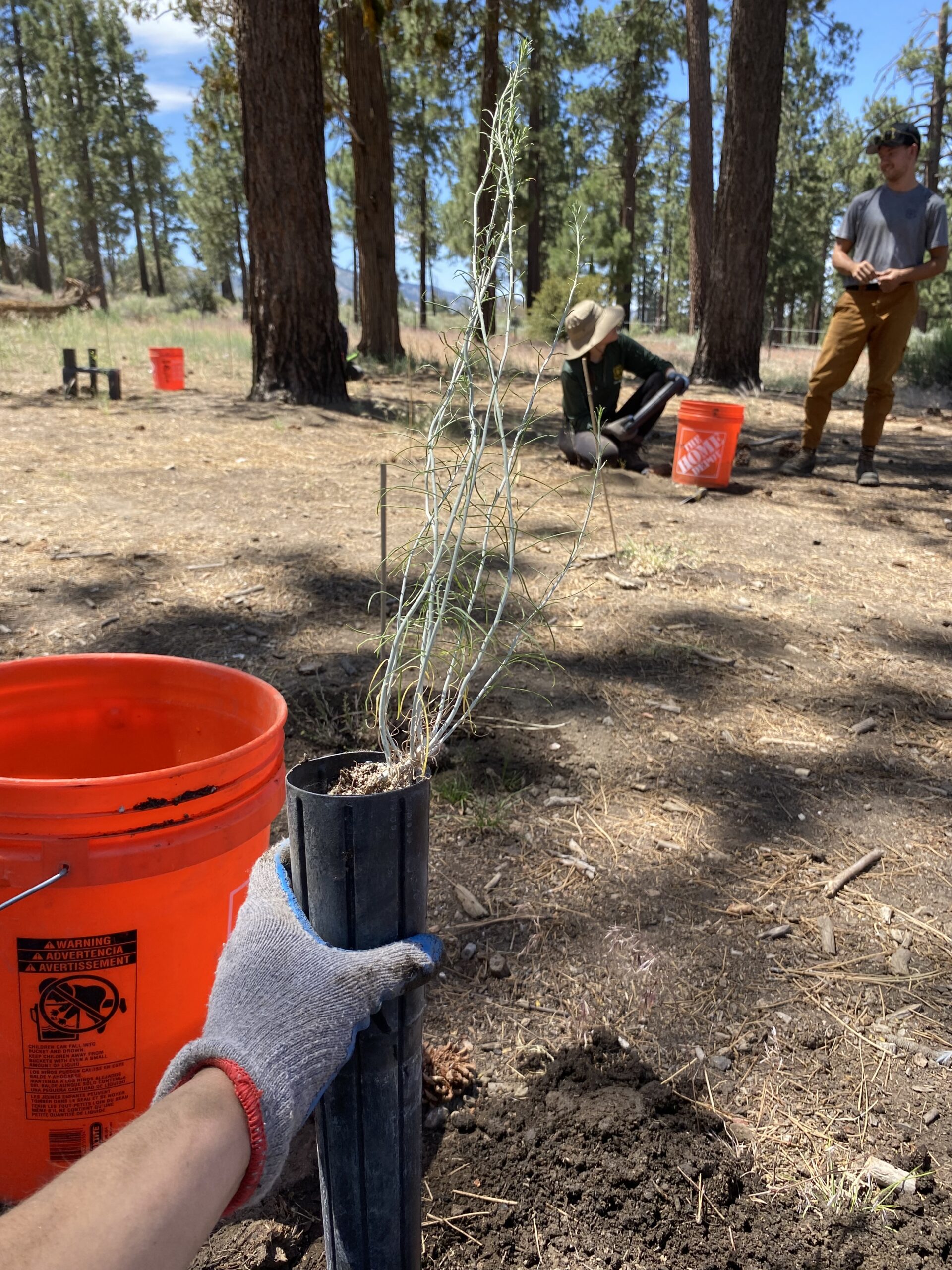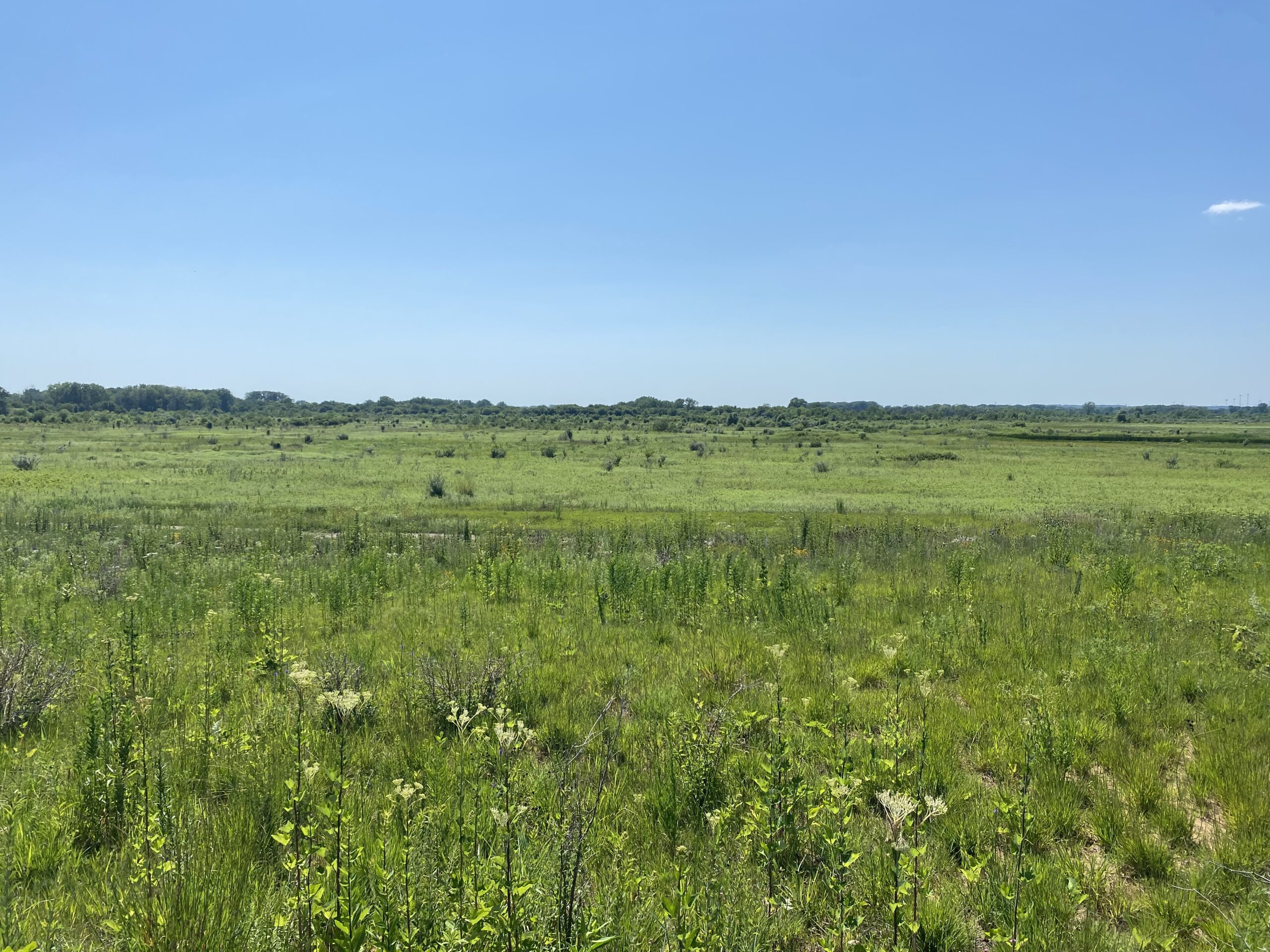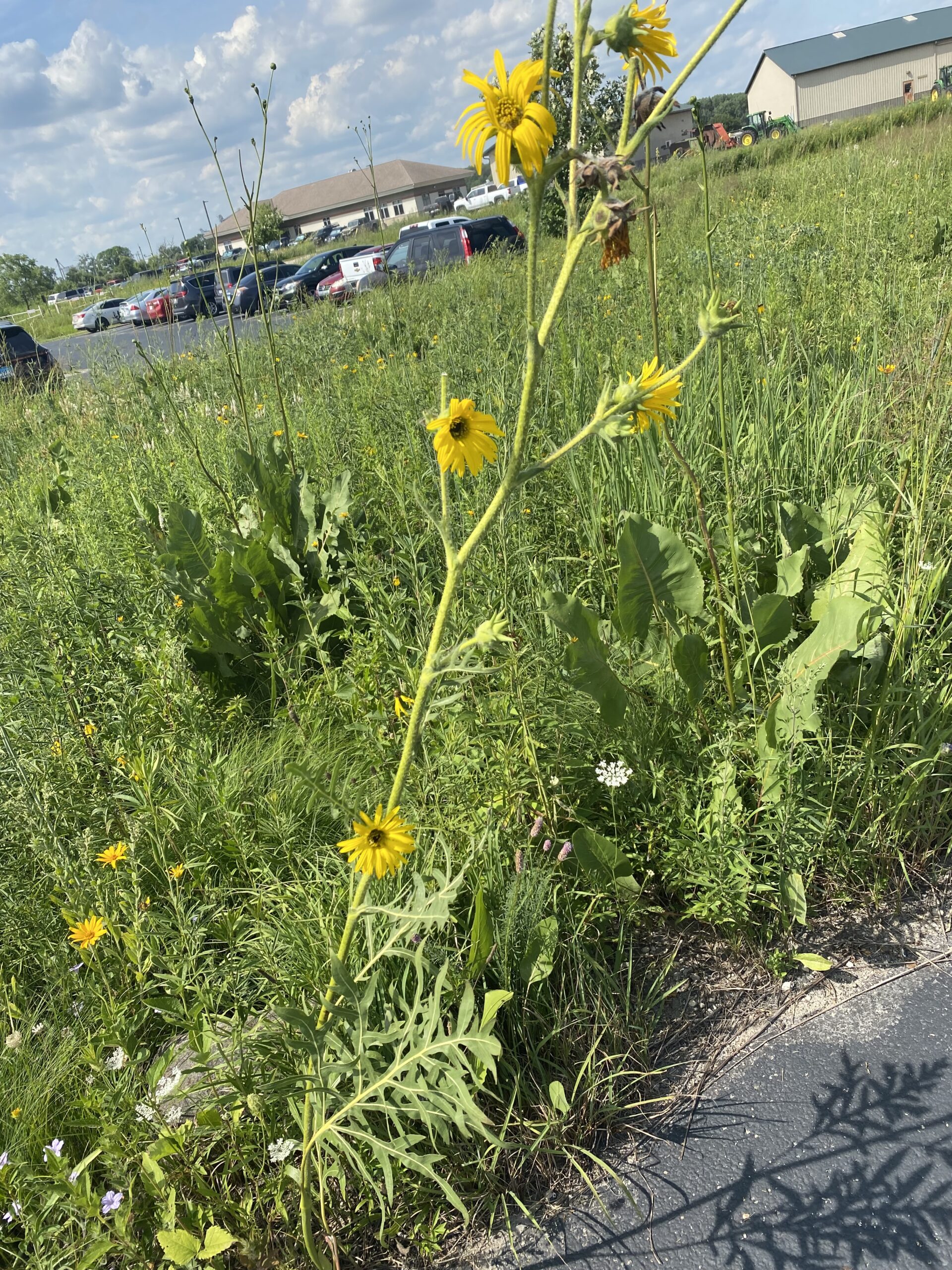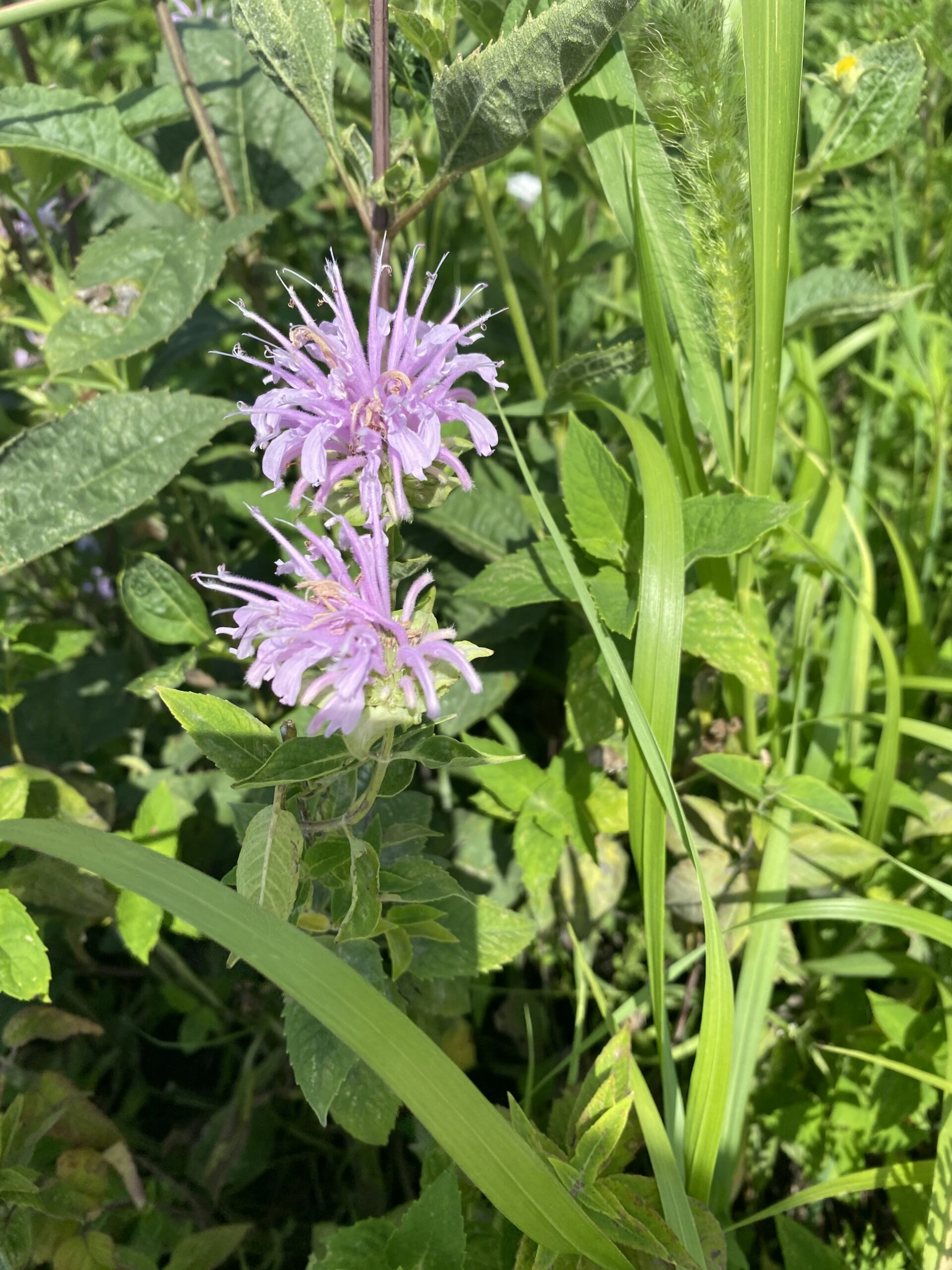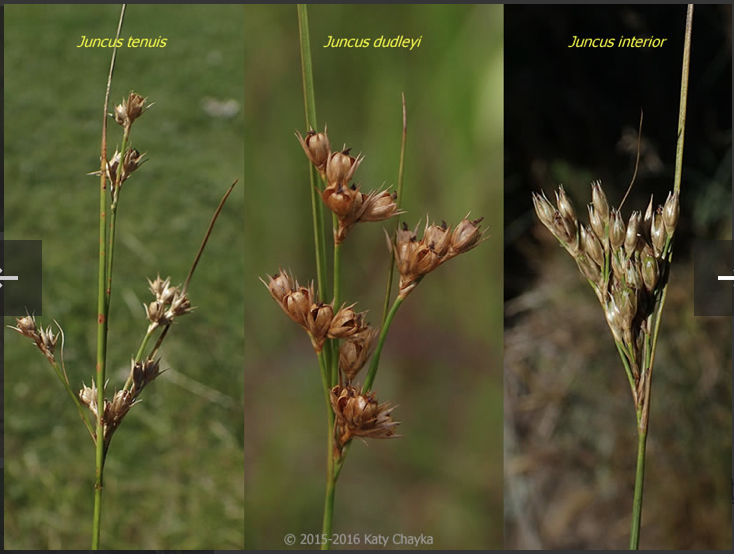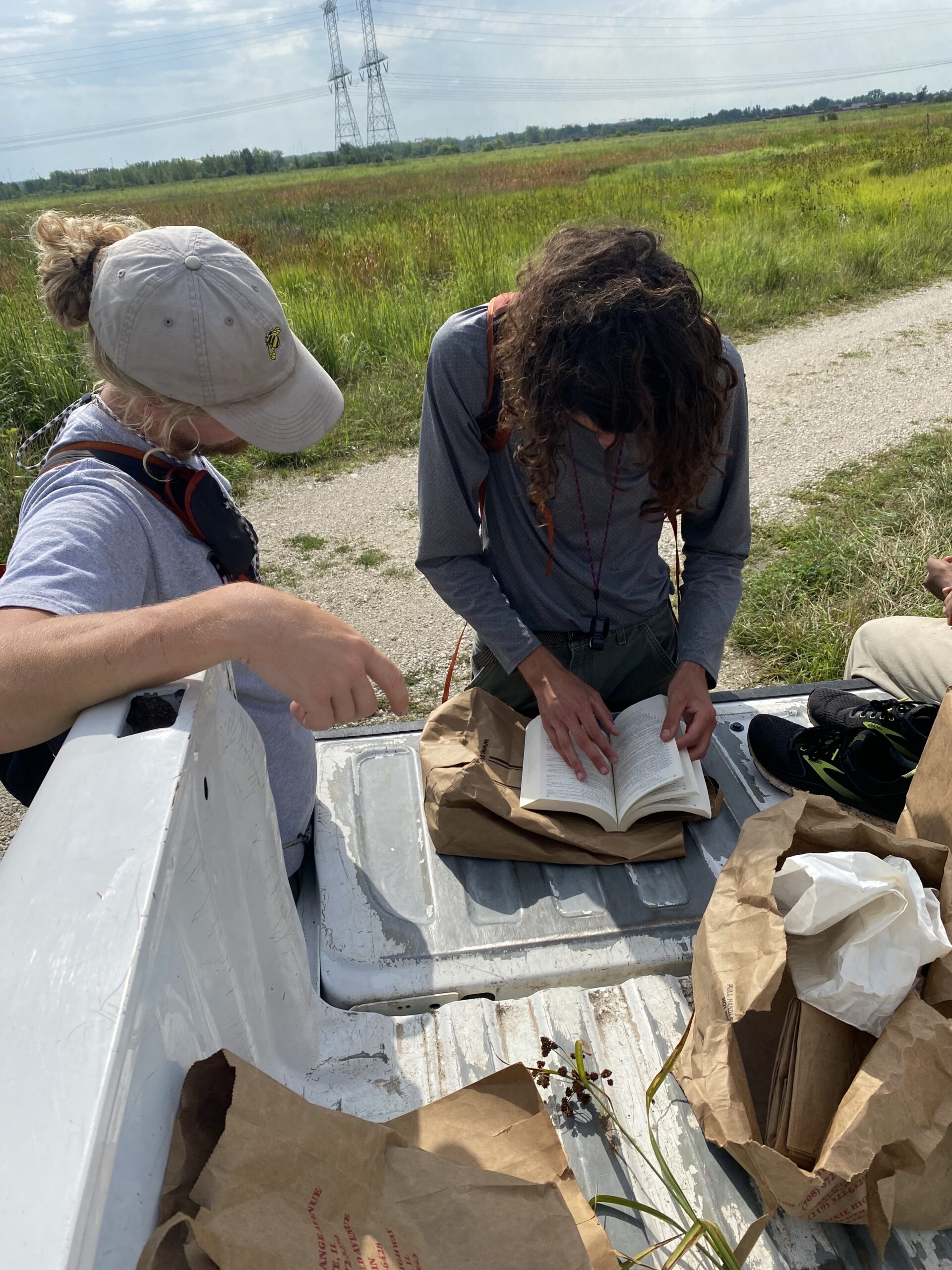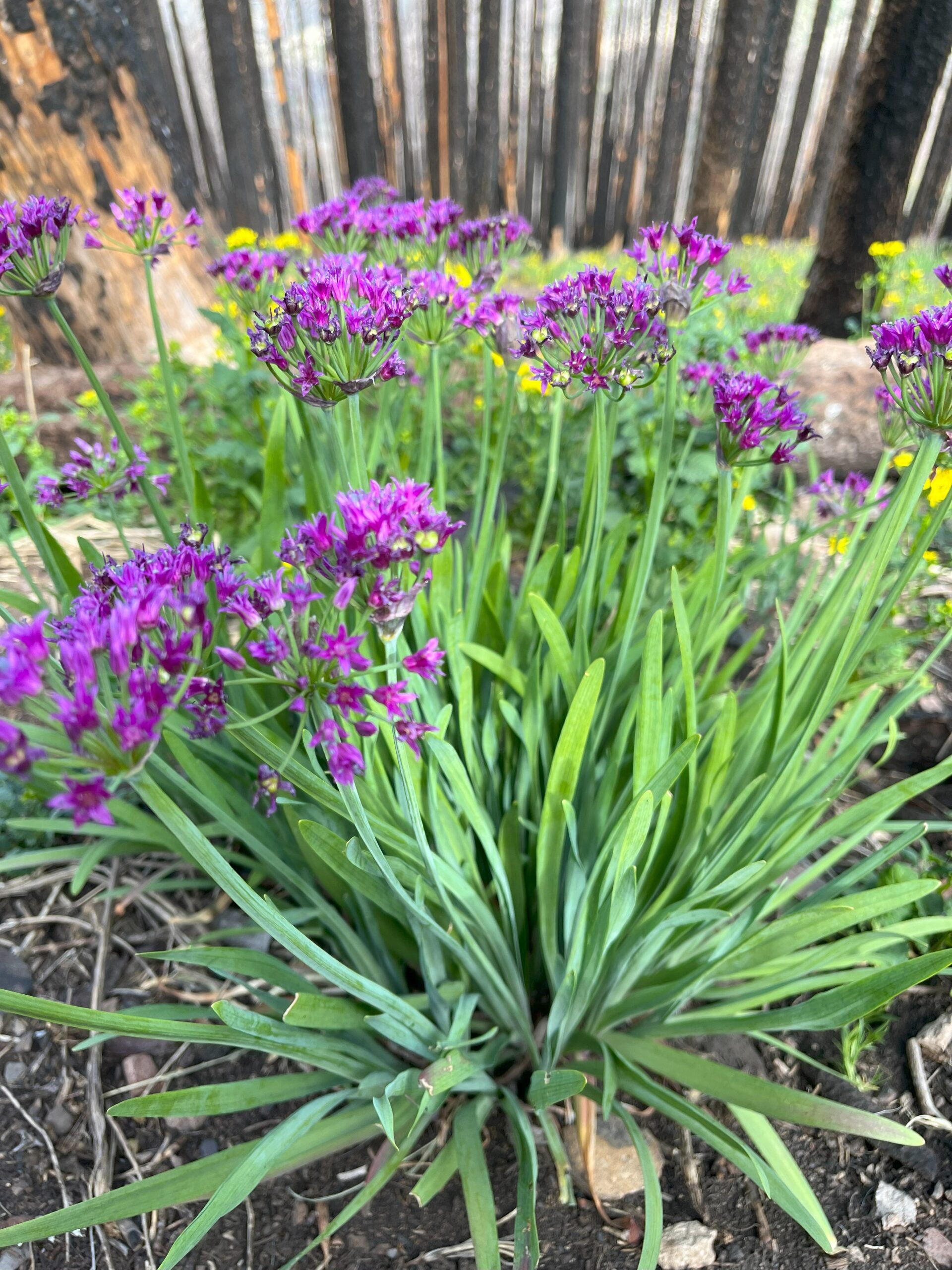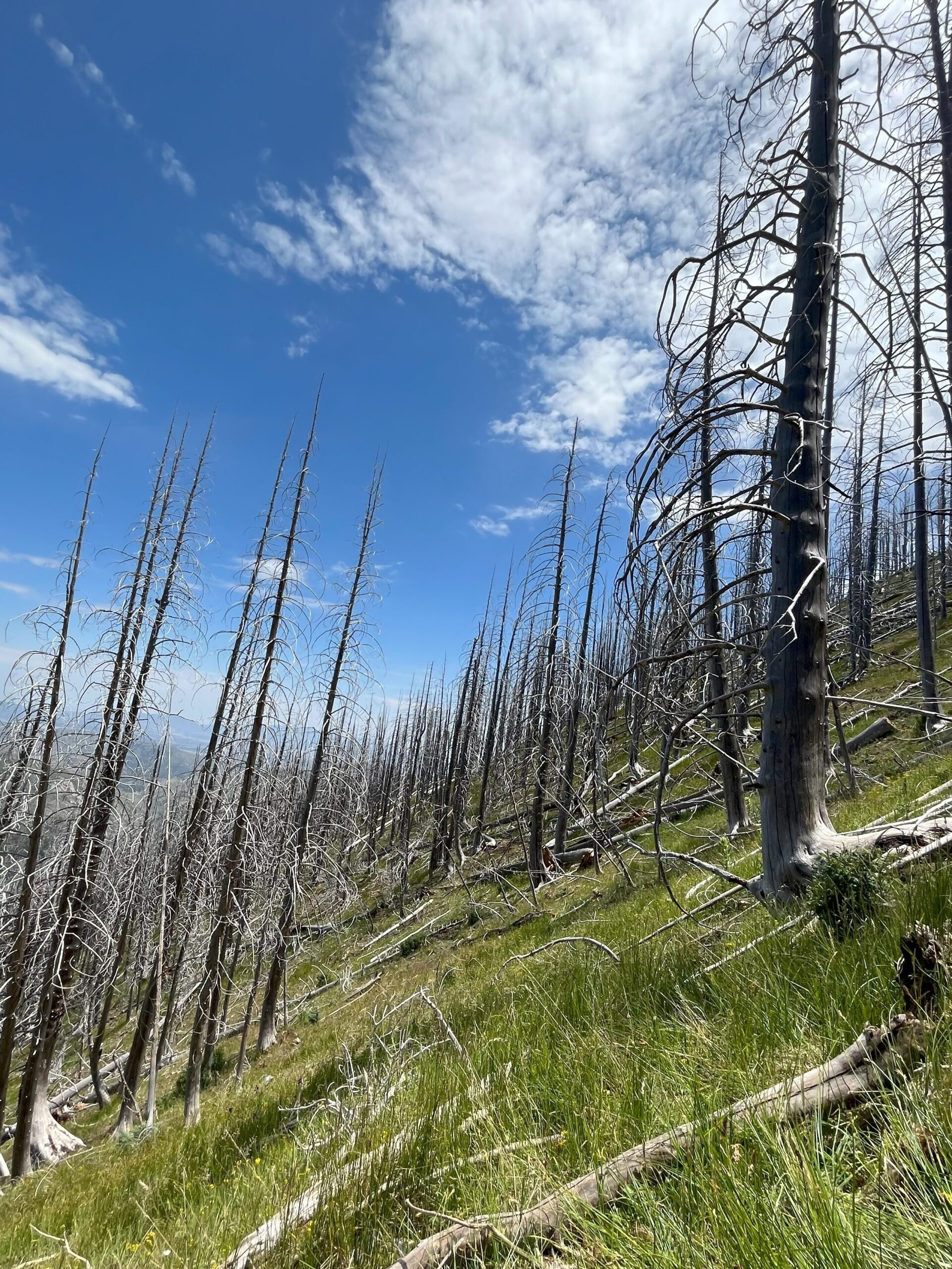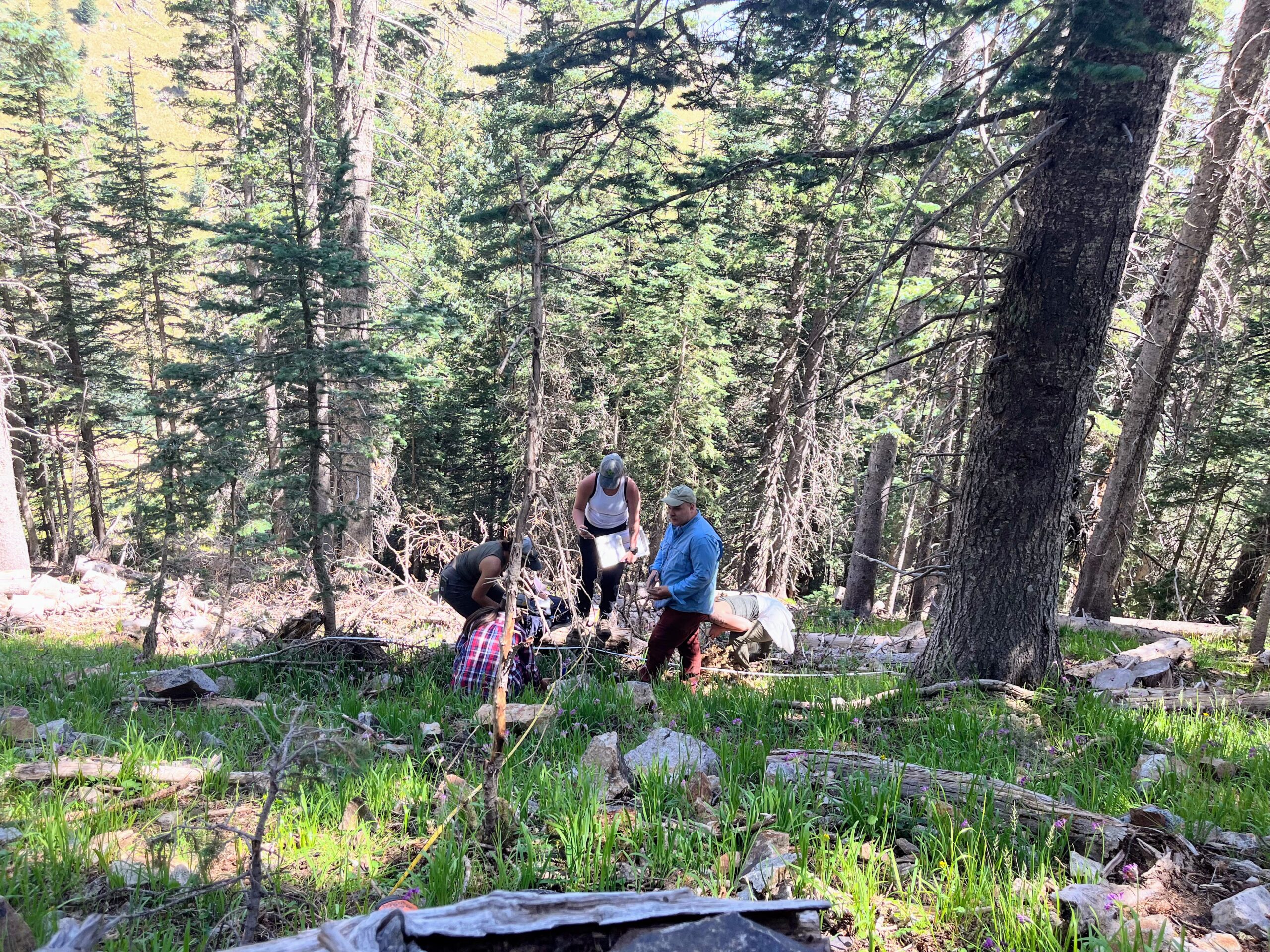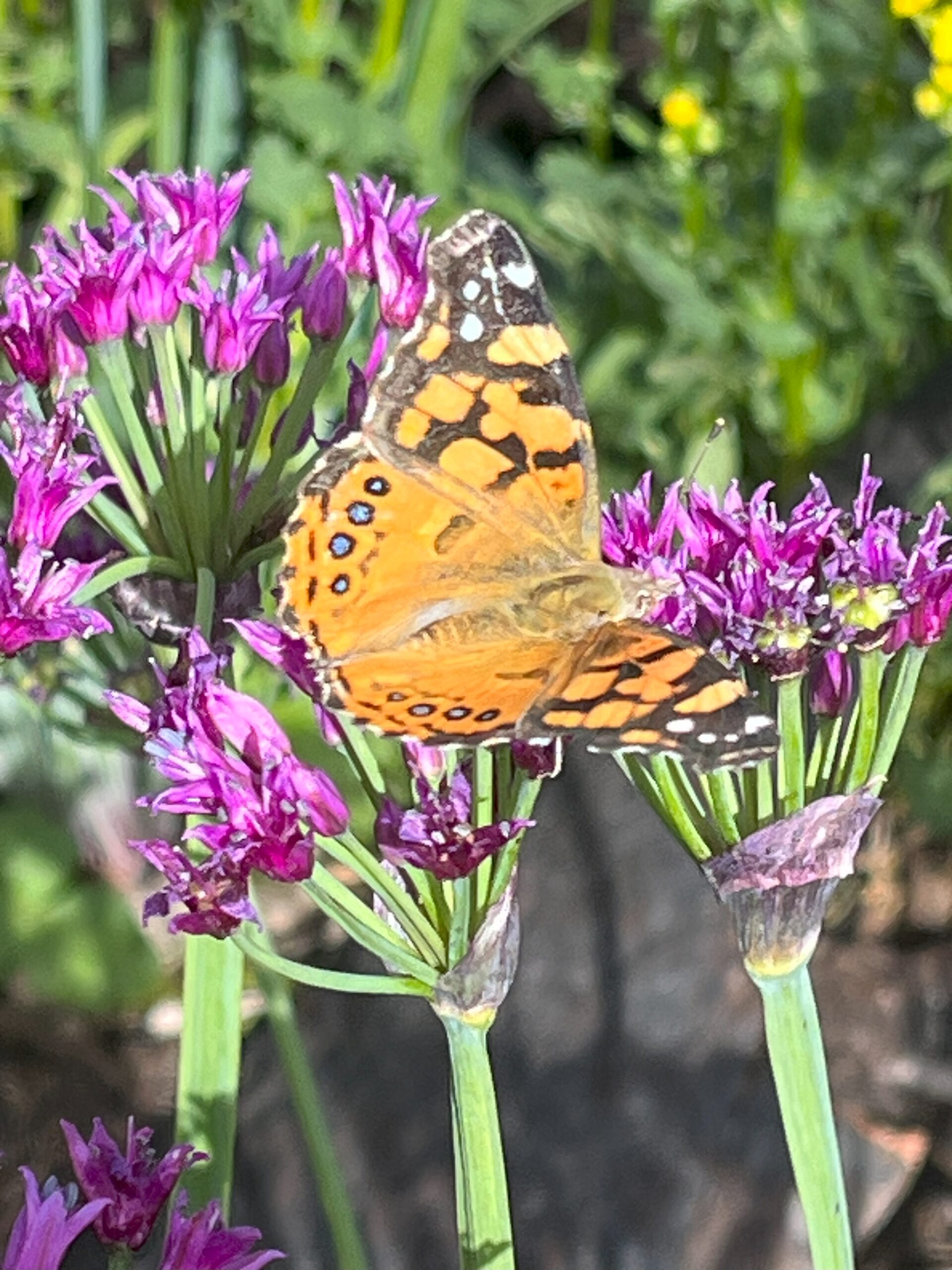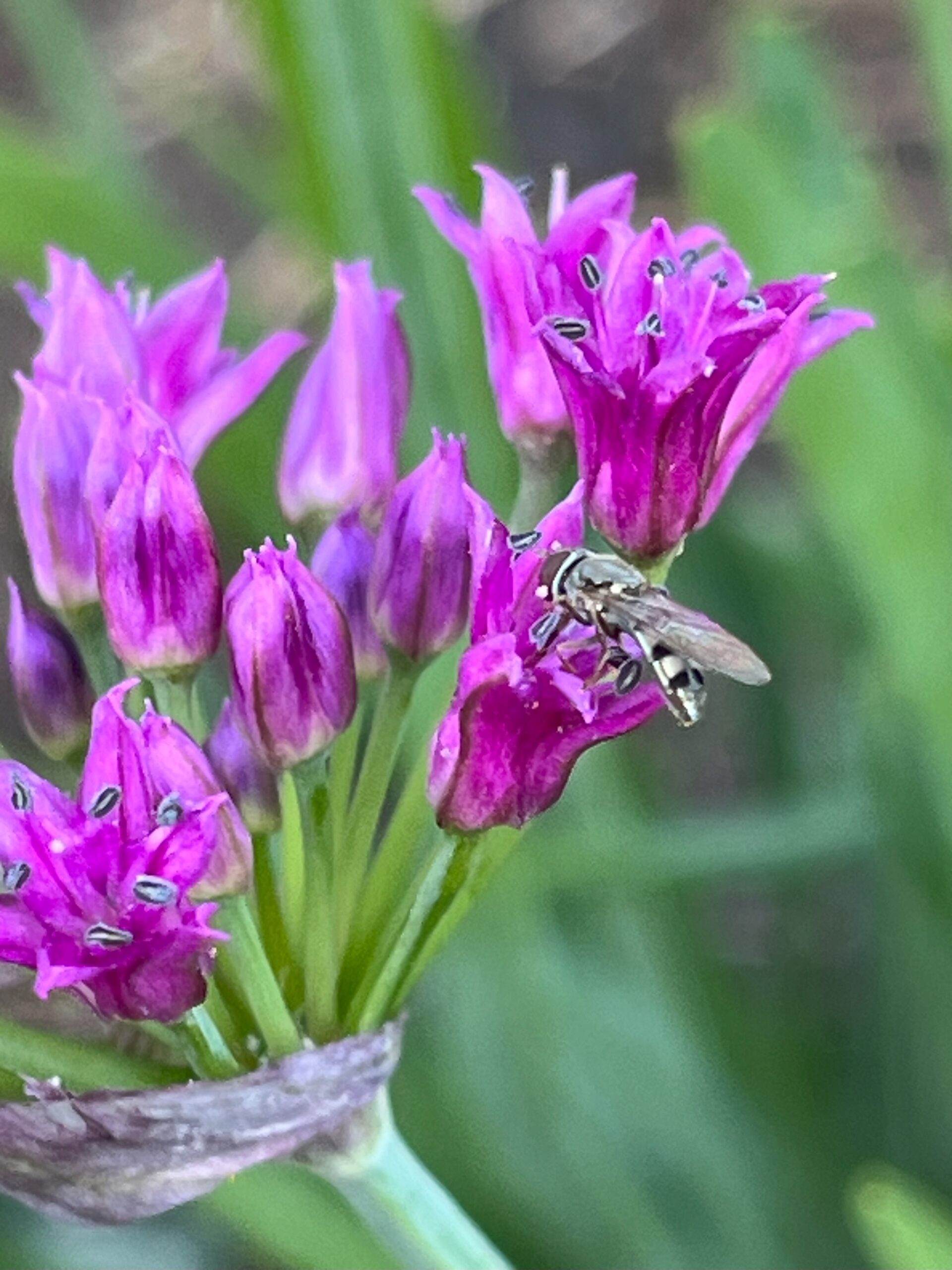“What are they looking at? They’re botanists! They should be looking at the ground!”

The botanists in question were standing on the summit of Mt. Jefferson, where we would be conducting an alpine vegetation survey for the Idaho Peaks Project. We had already seen a great amount of diversity on the four mile approach to our survey site; we passed Phacelia sericea, a relative of one of our target species (Phacelia hastata), Frasera speciosa, and a thriving population of Erythronium grandiflorum, which Alex and I were very excited to see.
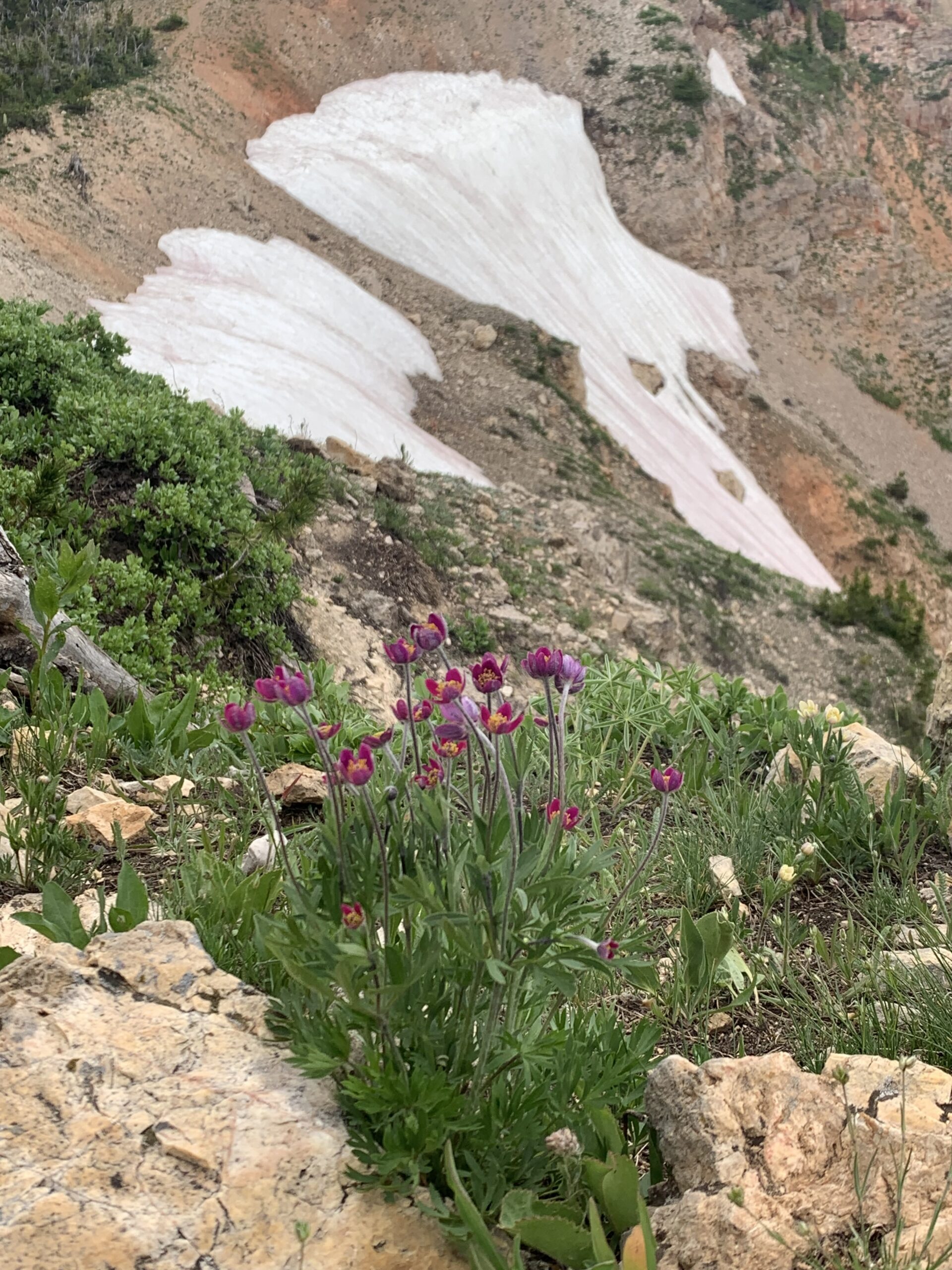



One forb stood out from the rest during our hike to the alpine zone: Castilleja puberula. This species of Indian paintbrush is not only beautiful, but it is a rare species endemic to alpine zones along the Continental Divide and had previously only been sighted in Colorado and Montana.
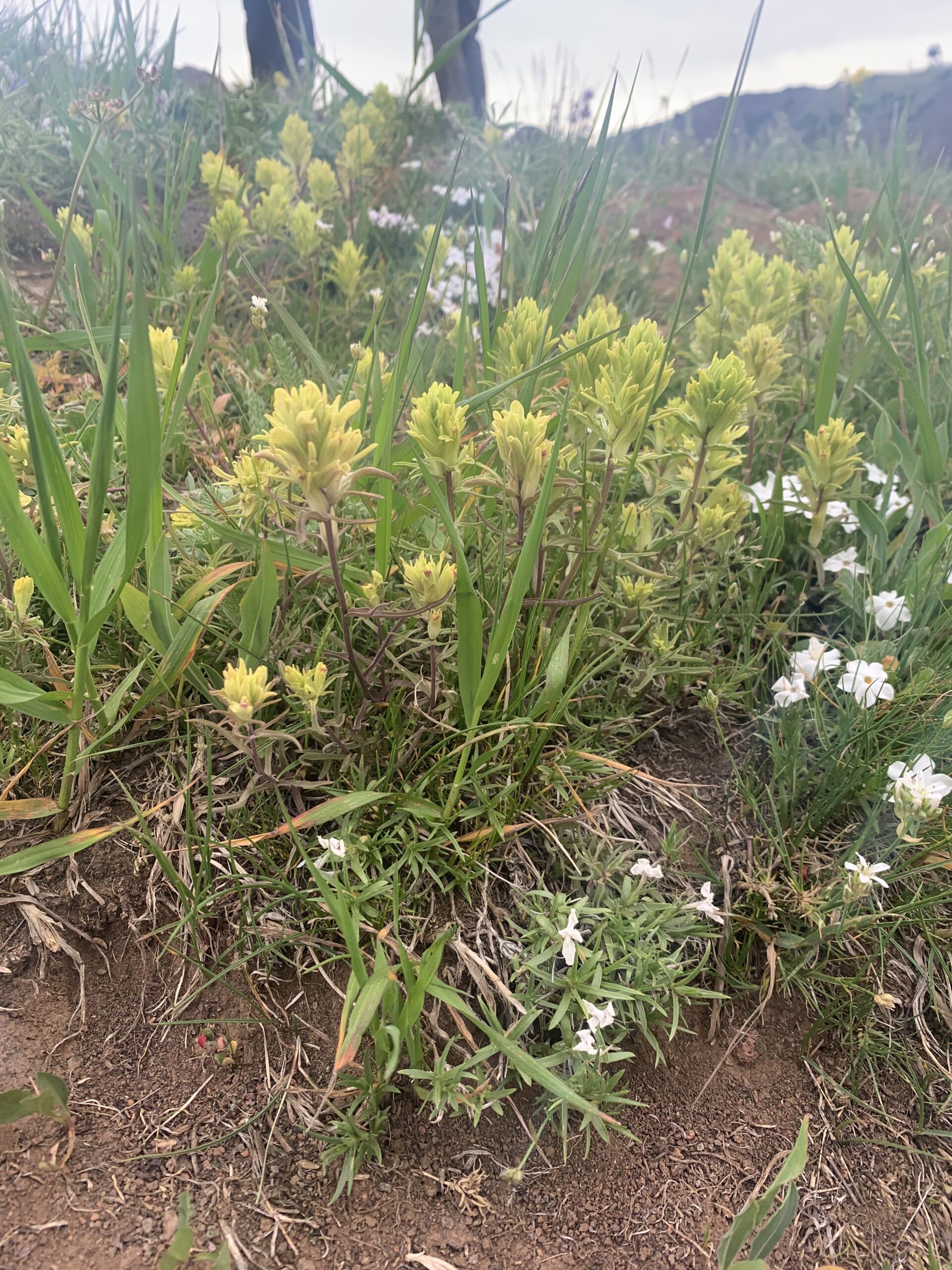

This plant is especially interesting because of its relationship with surrounding individuals. Plants in the Castilleja genus are root hemi-parasites, meaning that they obtain water and mineral nutrients from a host plant using a specialized root called a haustorium. This structure connects the Castilleja to its host like a kind of suction cup and produce digestive enzymes to siphon away essential nutrients and water from the host. This evolutionary strategy has proven very effective: research done on eleven different species has shown that plants growing parasitically reach greater heights, show greater branching, and flower earlier in the year than non-parasitizing plants of the same species. But the benefits of this parasitism is not restricted to the Castilleja alone. When Castilleja target the dominant plant in an area, reducing its fitness, it opens up an opportunity for more plant species to move in, increasing the biodiversity of the whole area. The relationship between Castilleja and its host plant impacts the whole ecosystem.
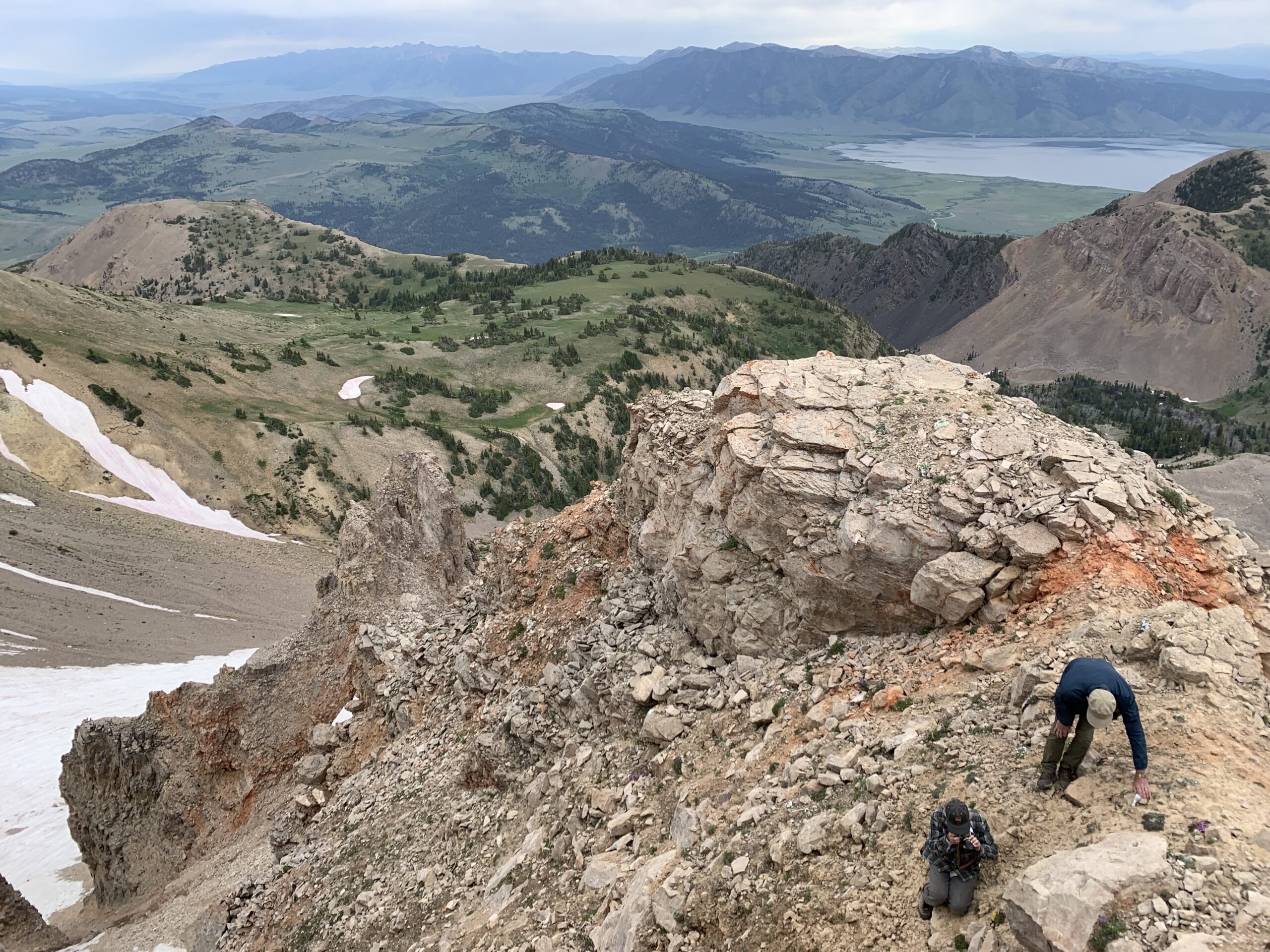
As we move higher in elevation and closer to the timberline, we meet another noteworthy plant: Pinus albicaulis, or Whitebark Pine. Like Castilleja puberula, Whitebark Pine is one half of a fascinating symbiotic relationship.
Unlike most conifers, Whitebark Pine has indehiscent cones, so even when the seeds are ripe, the cones do not open to disperse the seeds. Why would a tree evolve to its seed stuck in a cone, completely inaccessible for reproduction?
Clark’s Nutcracker is the answer to this ecological mystery. It uses its shark beak to break open the hard scales of the pinecones and stores up to 150 of Whitebark Pine’s nutrient dense seeds in a sublingual pouch. The birds will then create seed caches of three to five seeds, typically in disturbed or open areas like a recent burn, burying them a few inches deep in the soil. Each year, an individual Clark’s Nutcracker can cache up to 100,000 seeds and rely on their amazing memory for finding their caches again later in the year- they will return to approximately 60% of their seed banks! The caches that are not returned to, and that survive predation by groundhogs and other scavengers, will germinate and grow into saplings in the years following their being planted.

Whitebark Pine populations rely on Clark’s Nutcrackers as the only animal to disperse their seed. As WBP faces increasing pressure from threats like blister rust and beetle infestation, their relationship with Clark’s Nutcracker is more important than ever. As a keystone species, they are crucial members of Idaho’s ecosystems, providing nutrition for countless species of wildlife as well as soil stabilization and runoff regulation. Conserving both species is essential for the protection of western ecosystems from irreversible changes.
Our journey up Mt. Jefferson gave us an invaluable look into the diverse and beautiful plant communities present in southeastern Idaho and the wildlife species that they rely on and serve. Working with several experienced botanists to complete an intensive botanical alpine survey and help fill gaps in our understanding of alpine plant communities and Idaho’s rare plants was an immensely rewarding opportunity and, although I didn’t think it was possible, I came out of the experience with an even greater love for the wildflowers we are working to conserve every day.
-az










